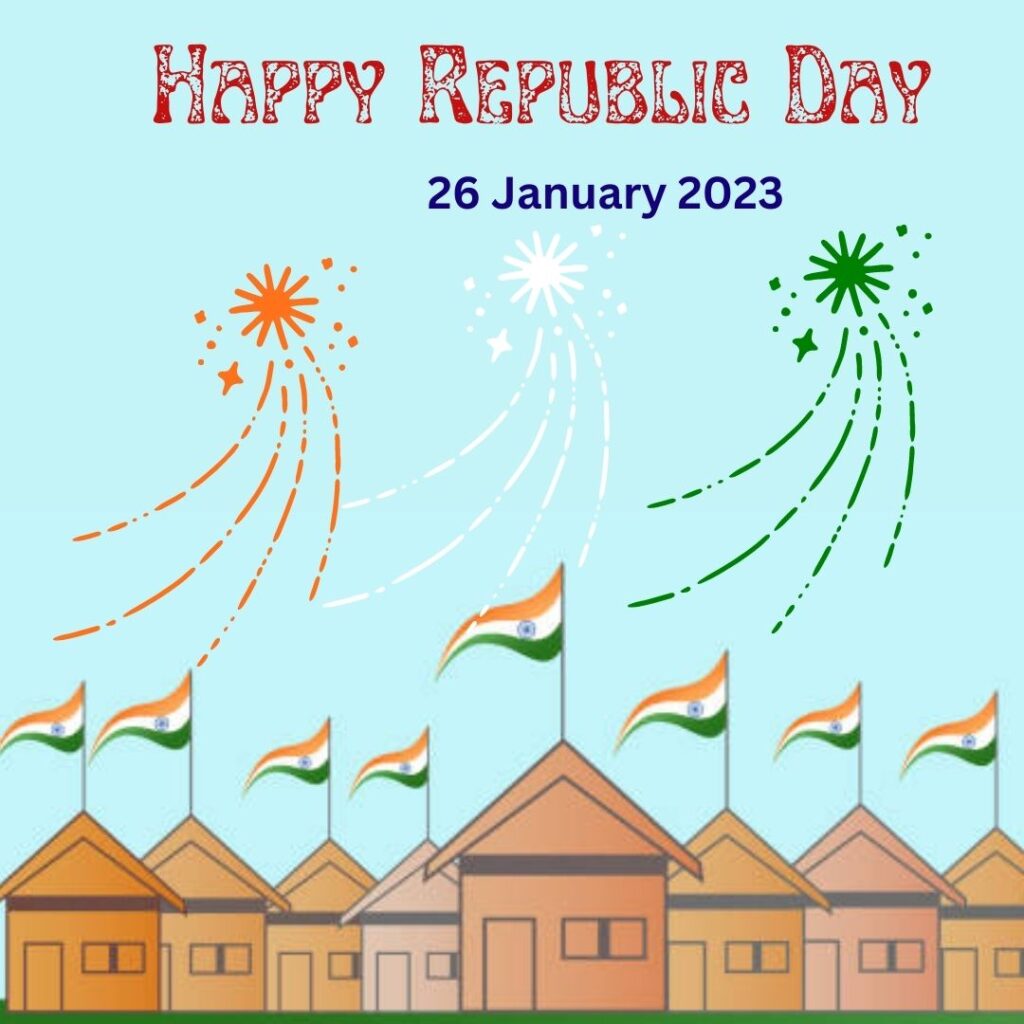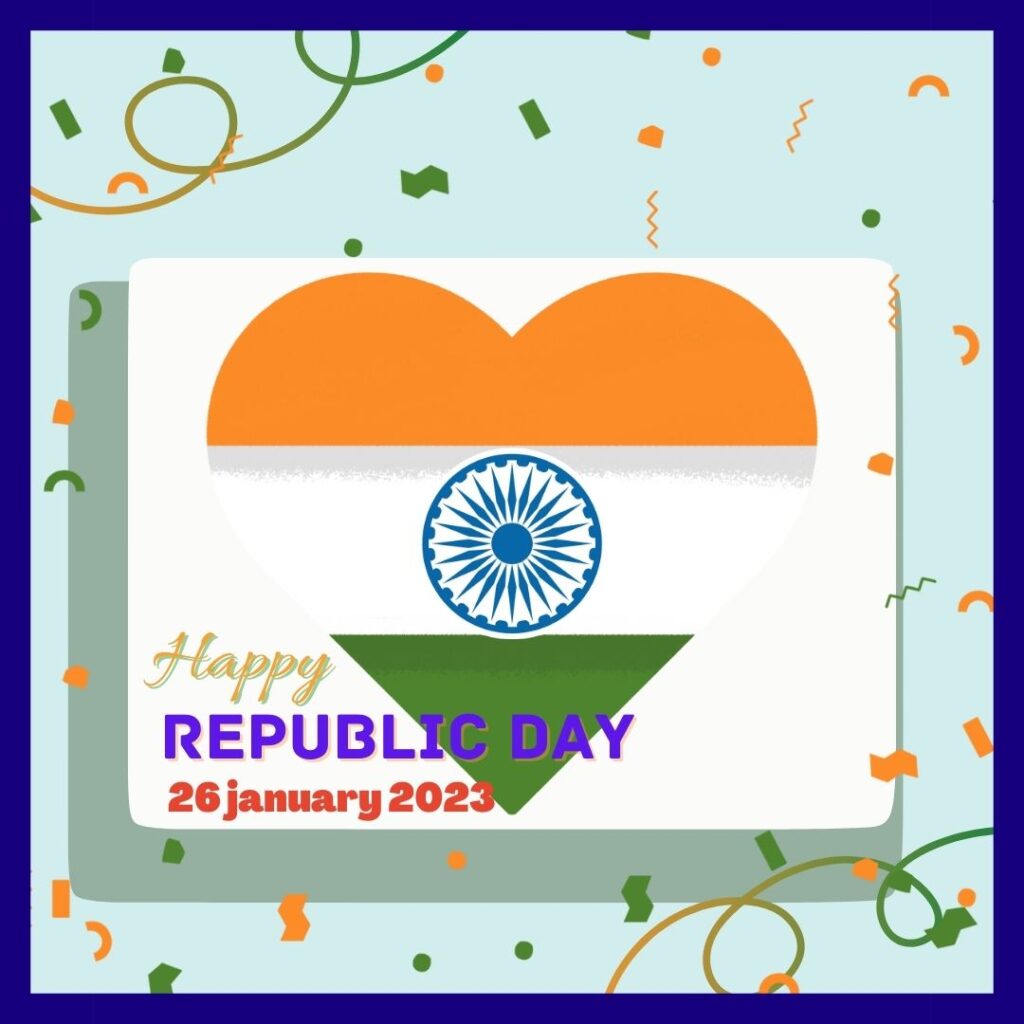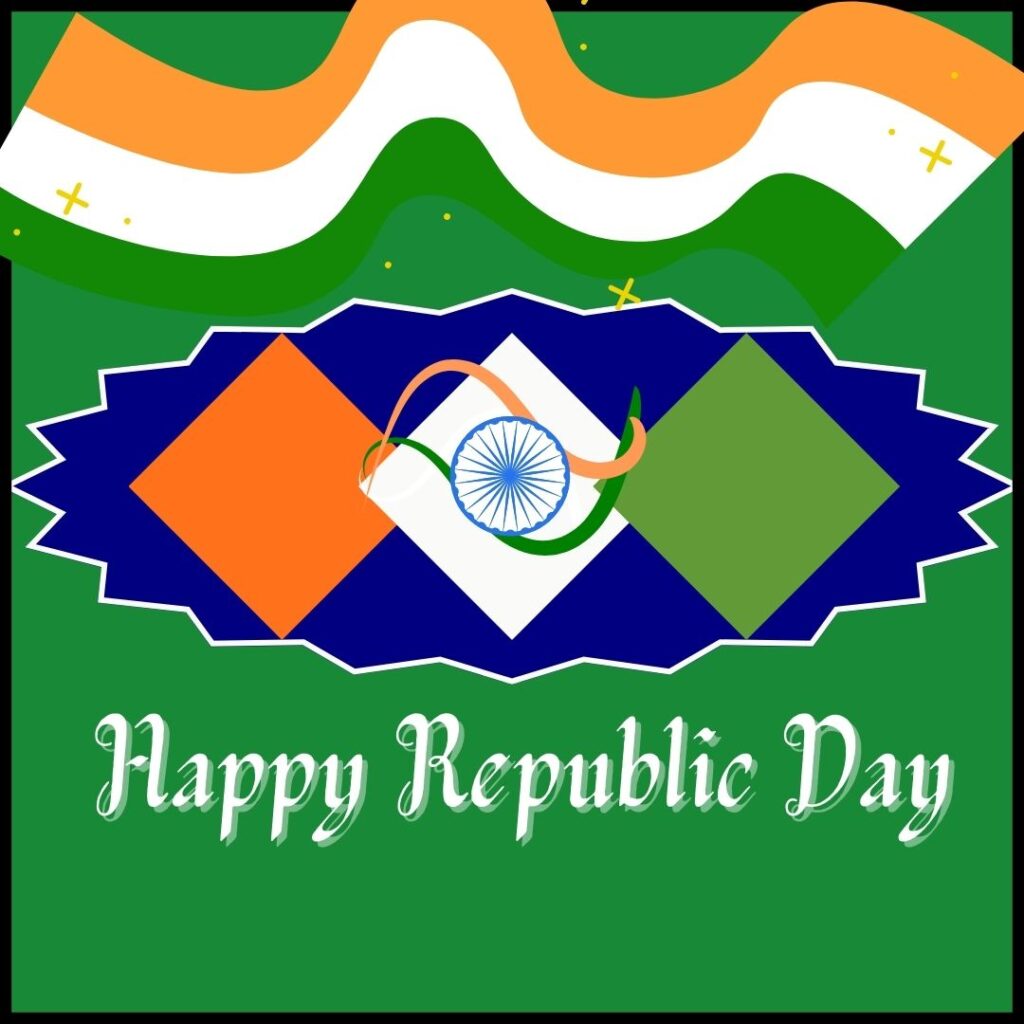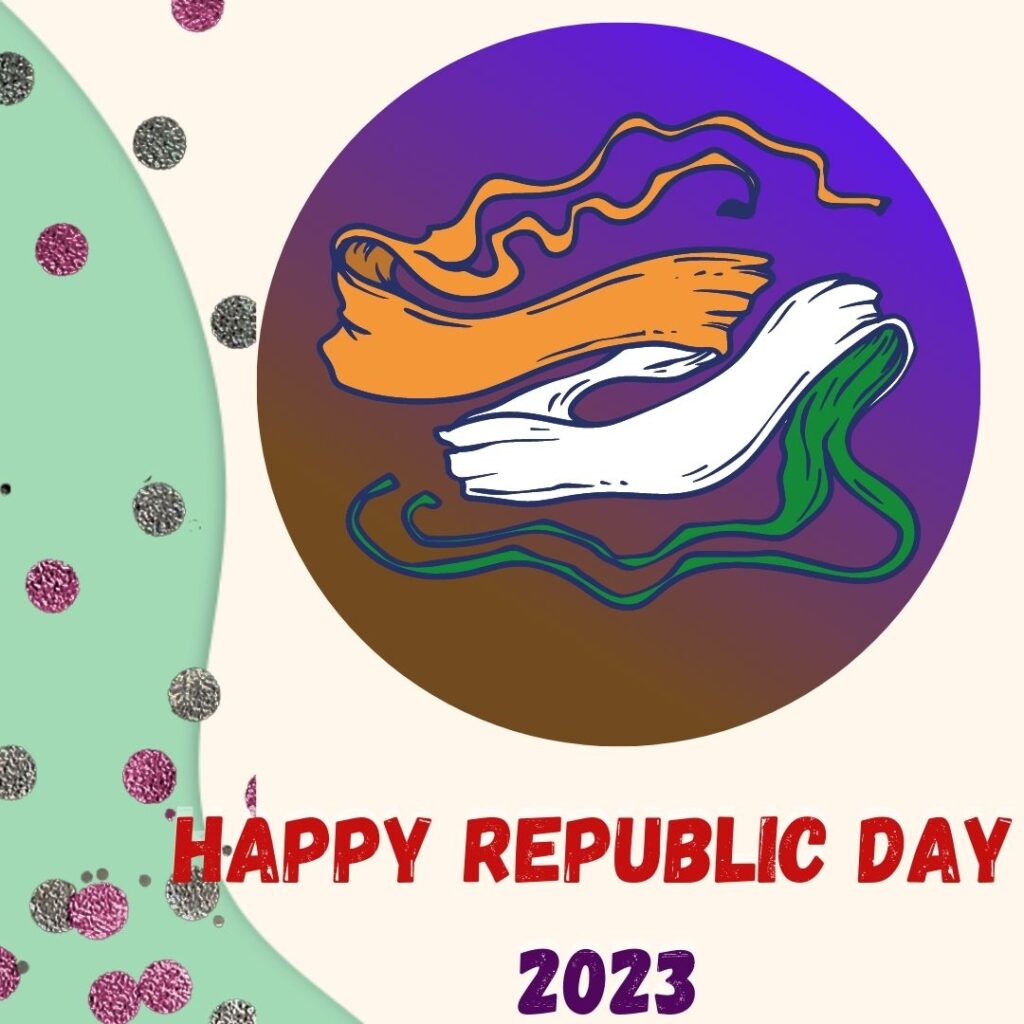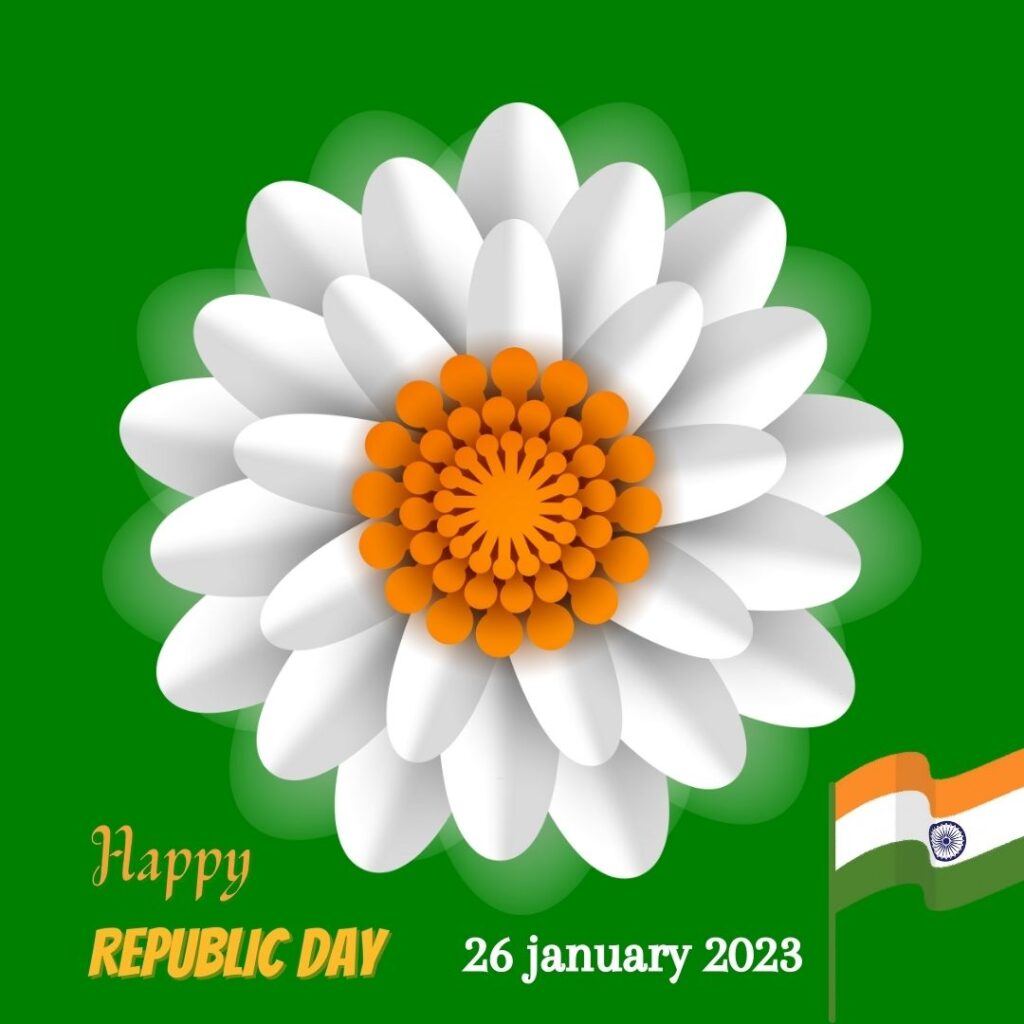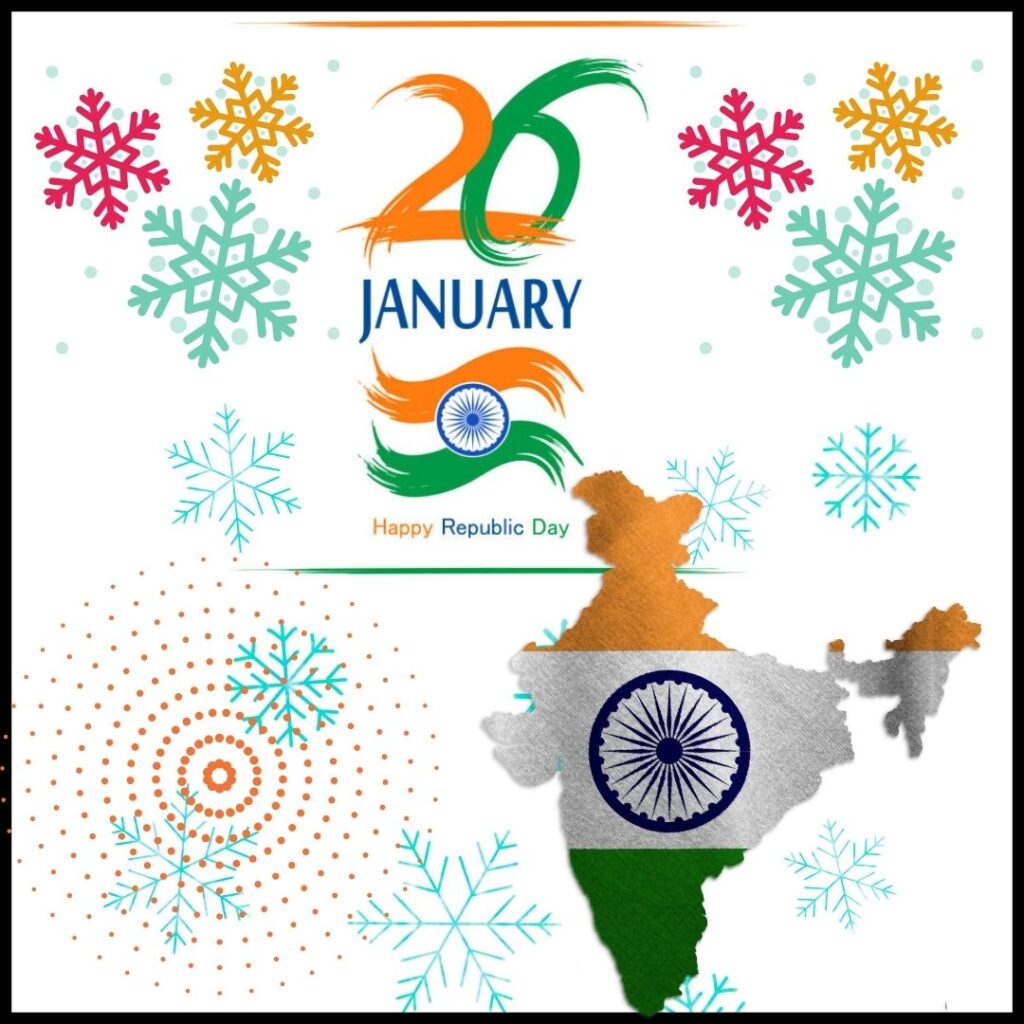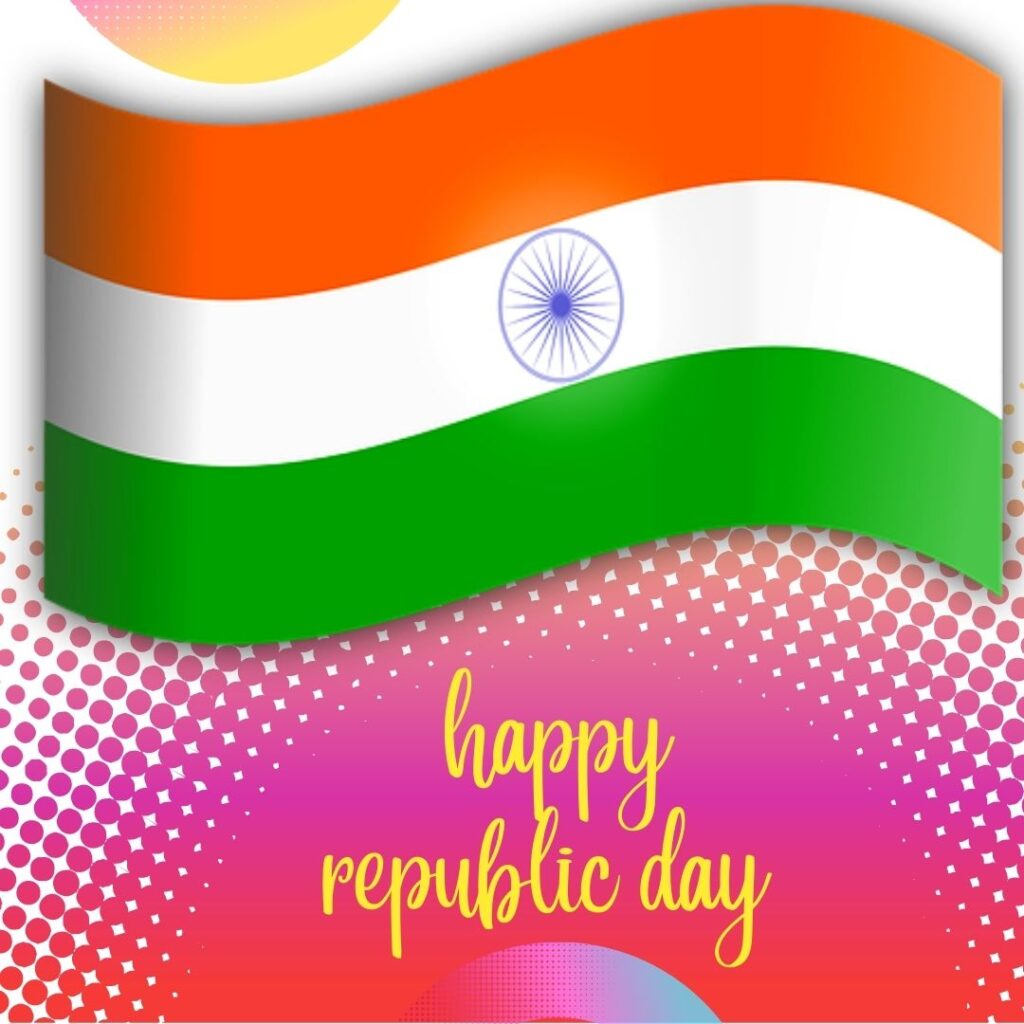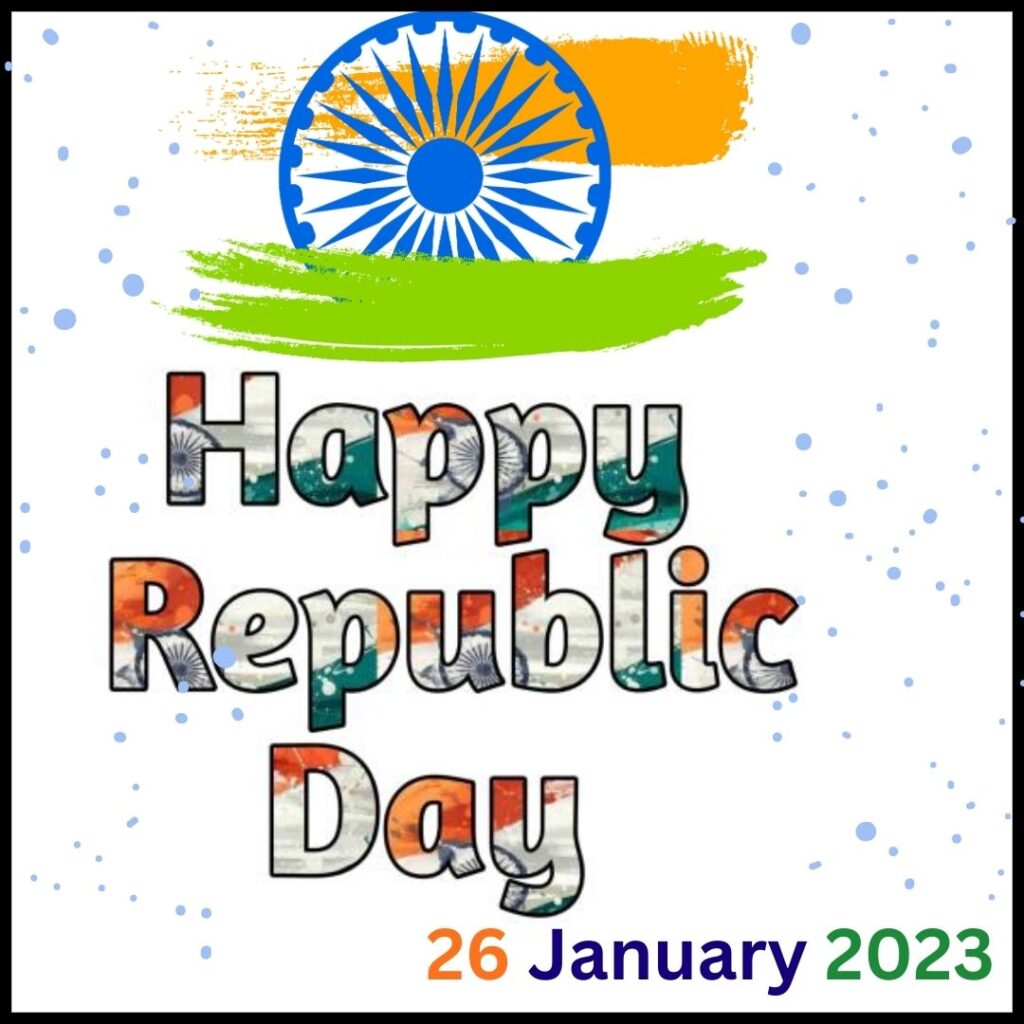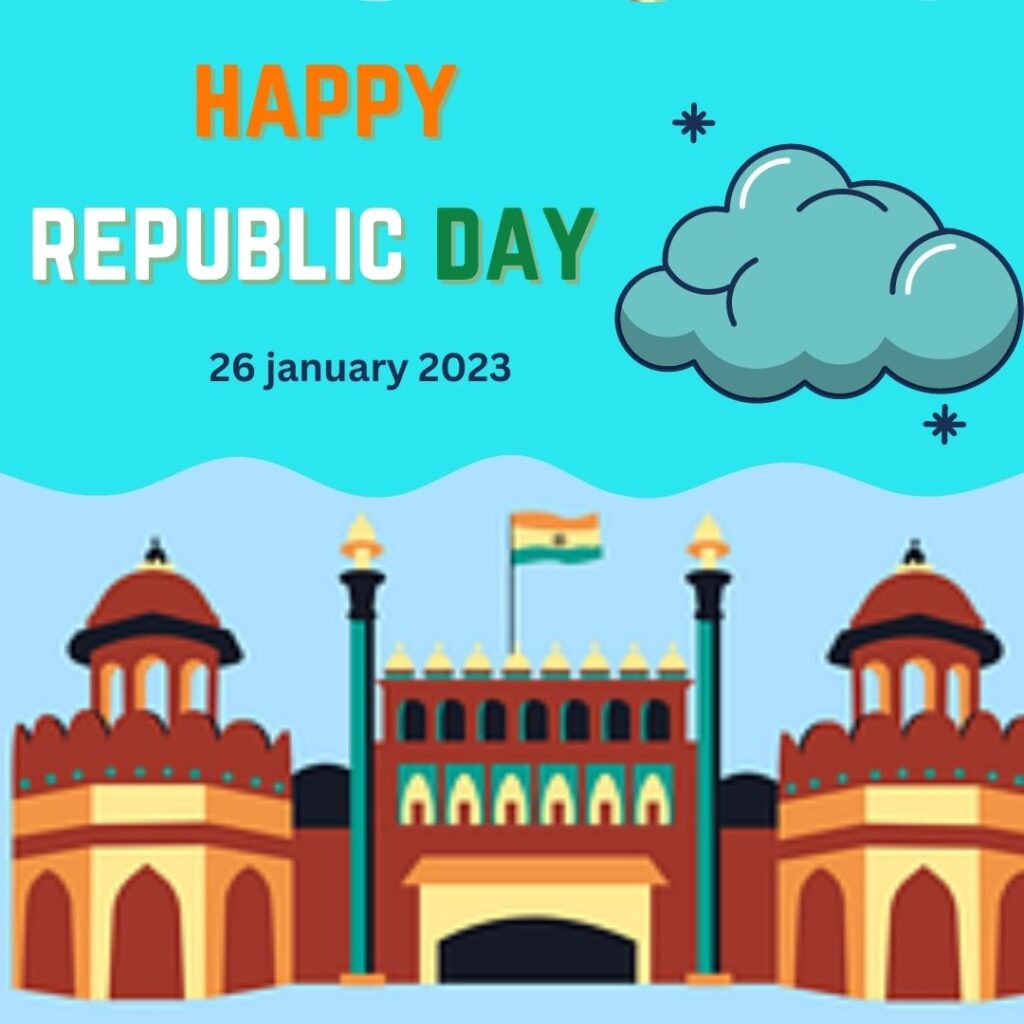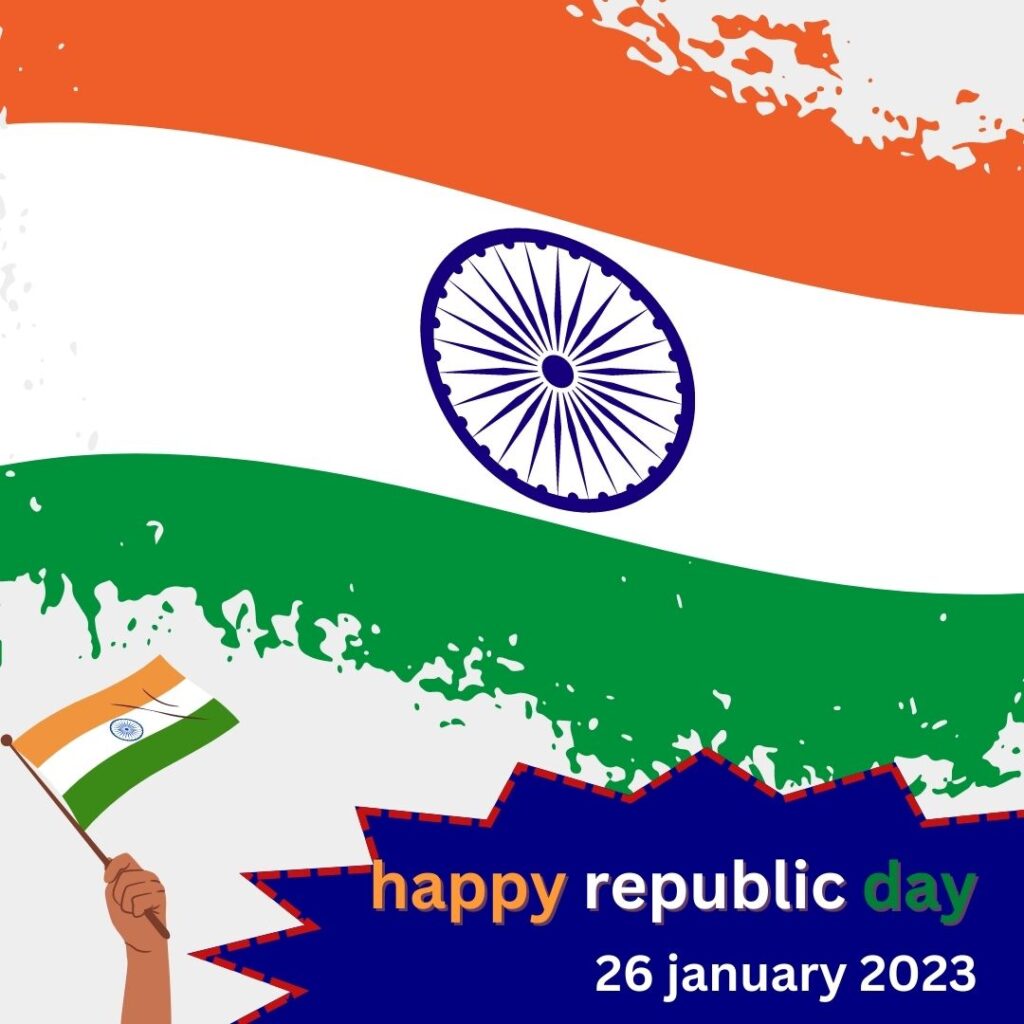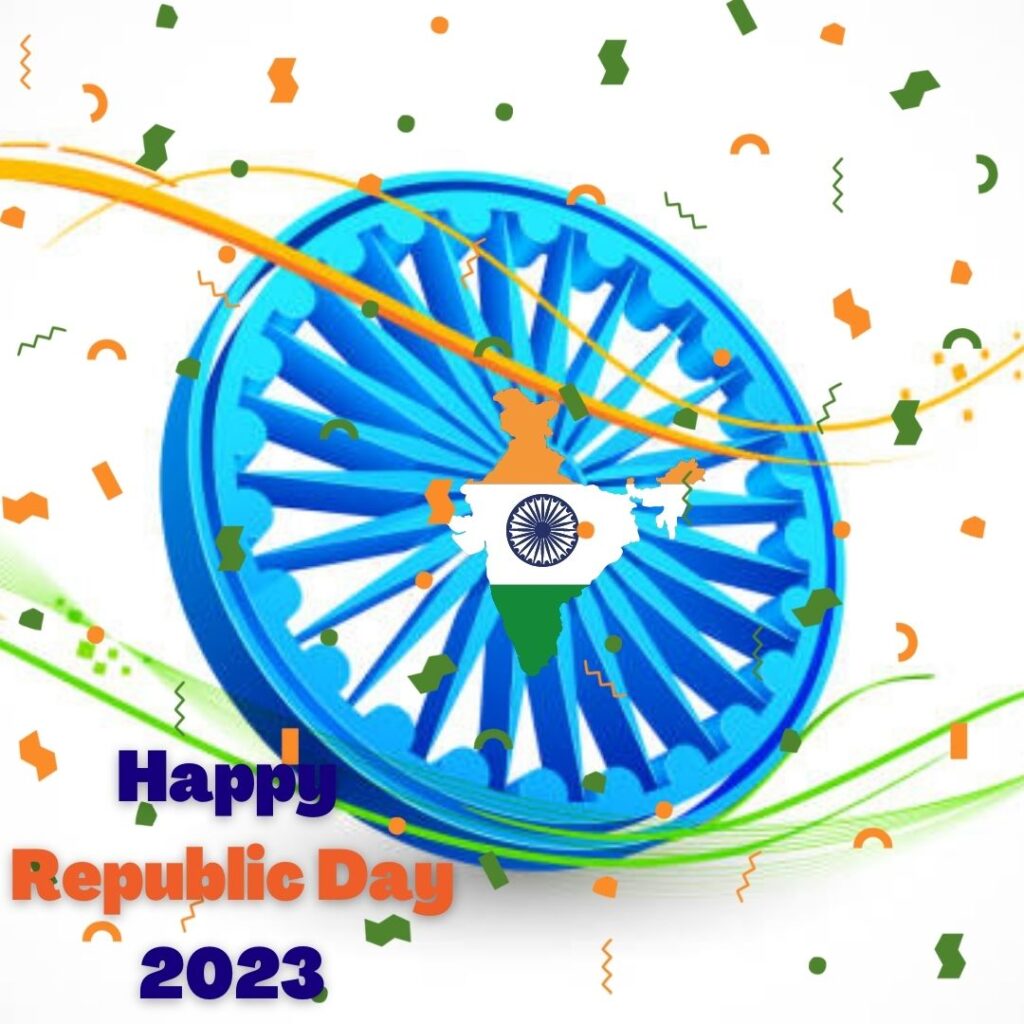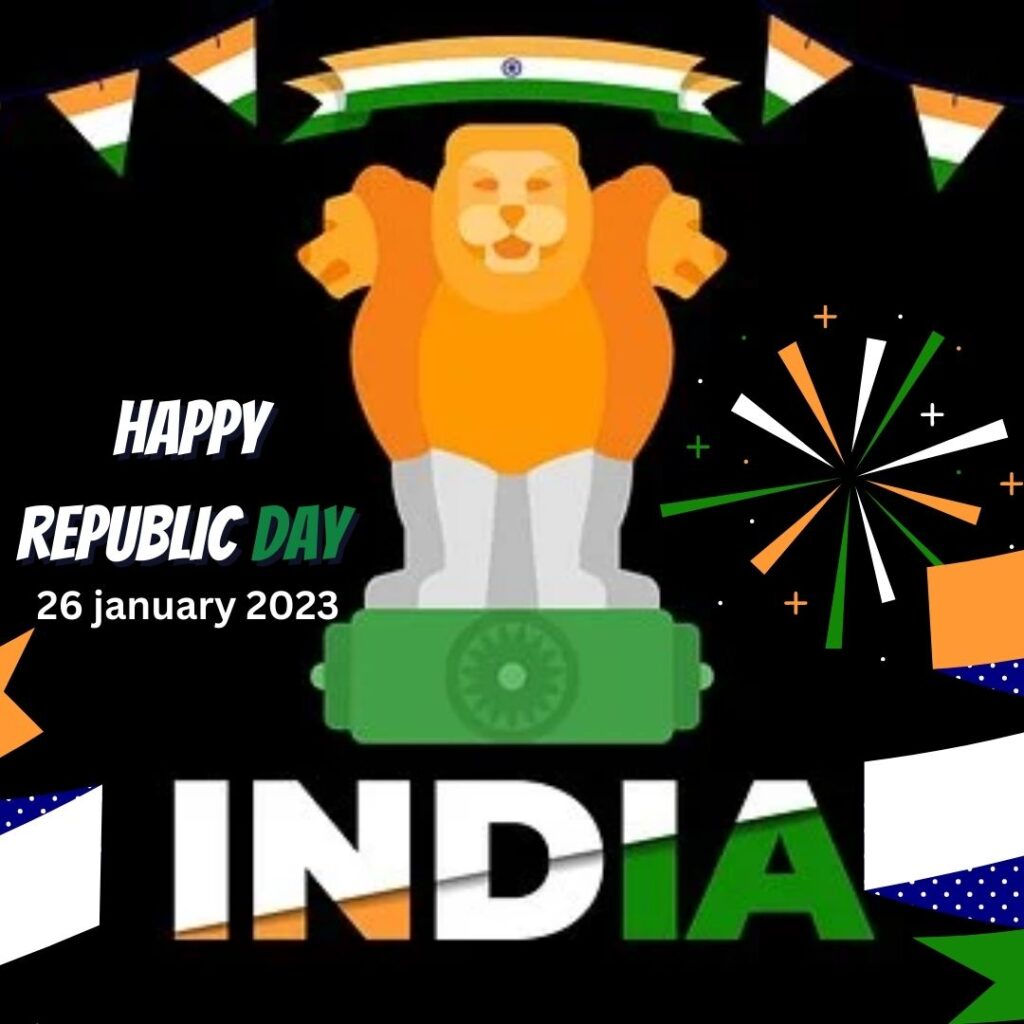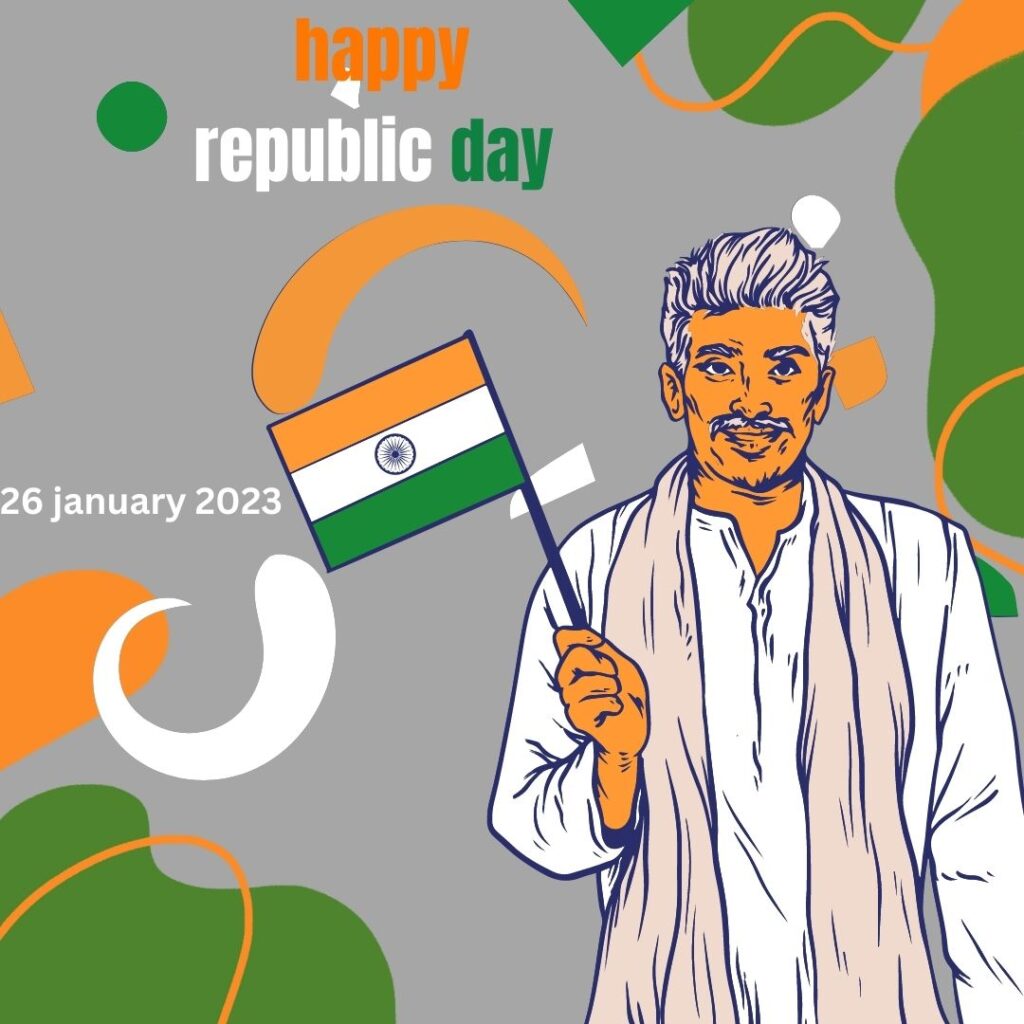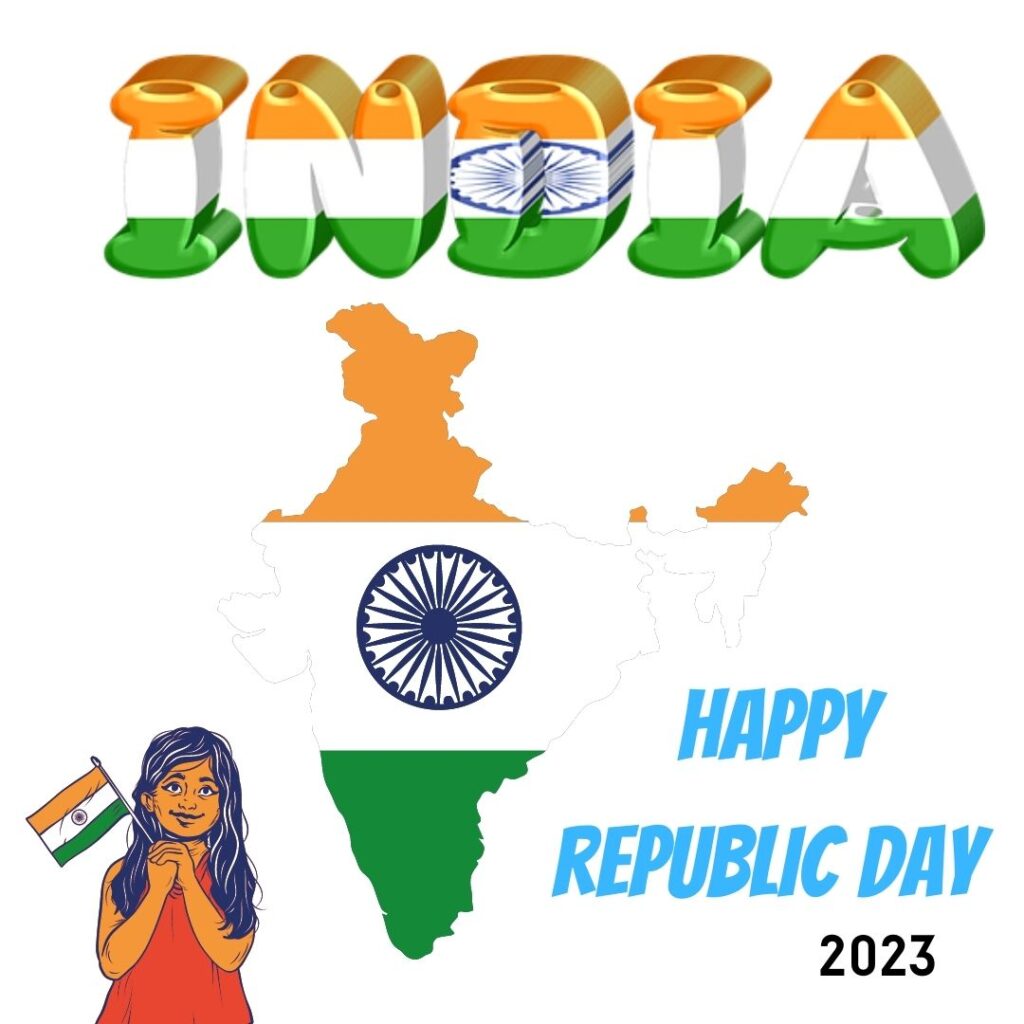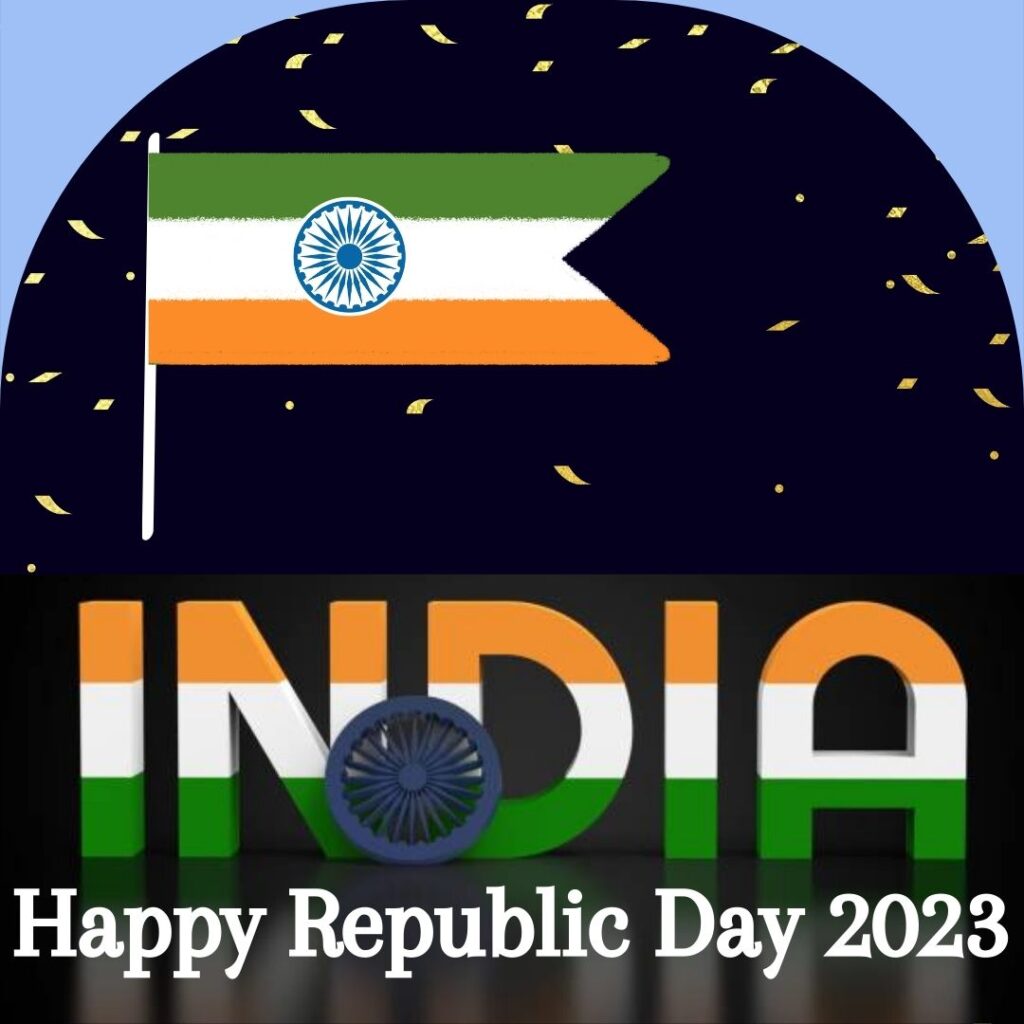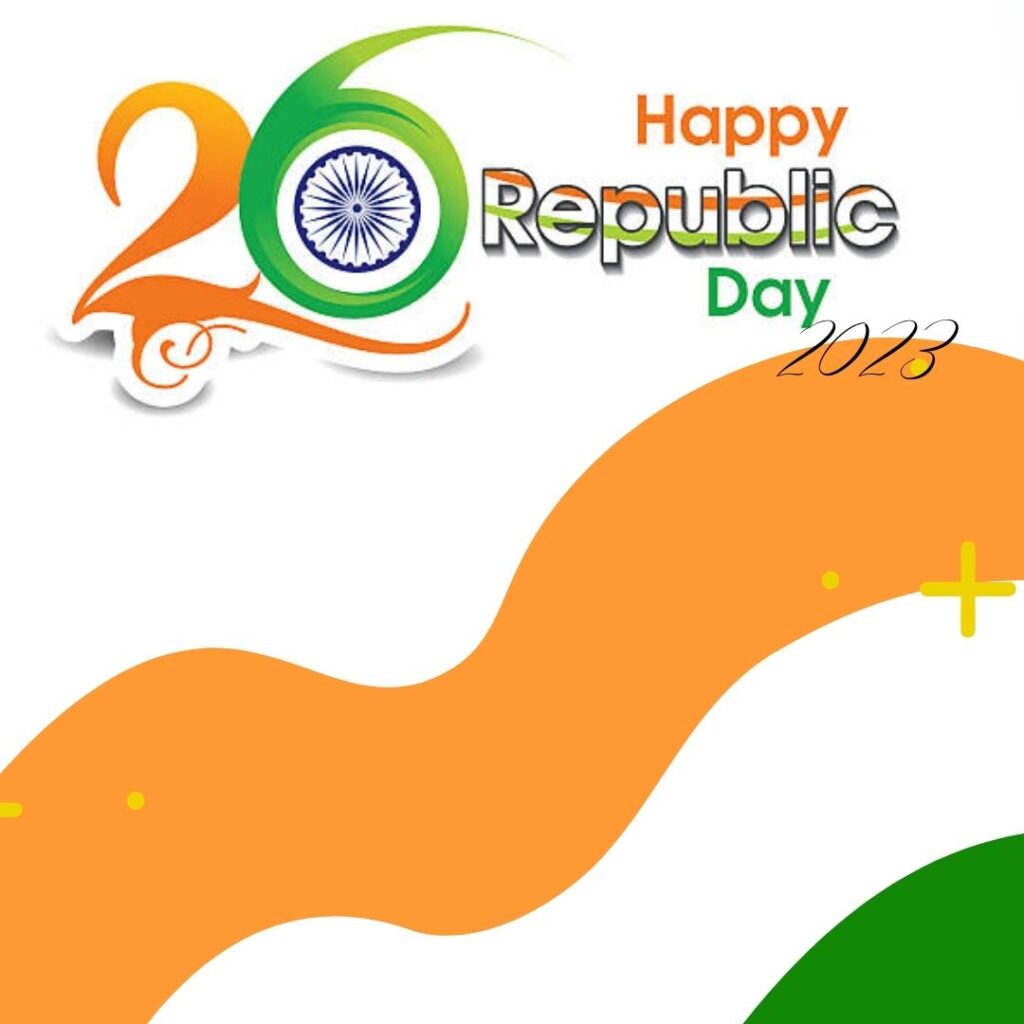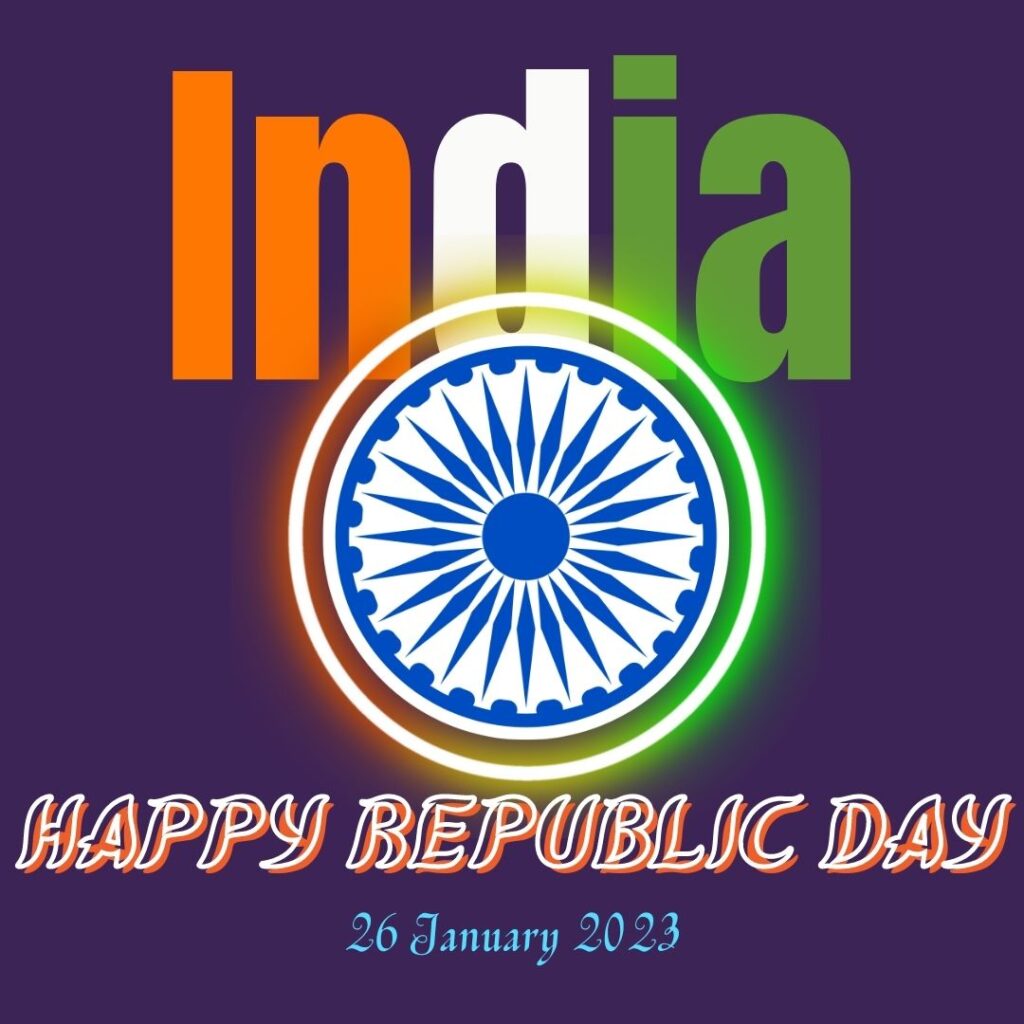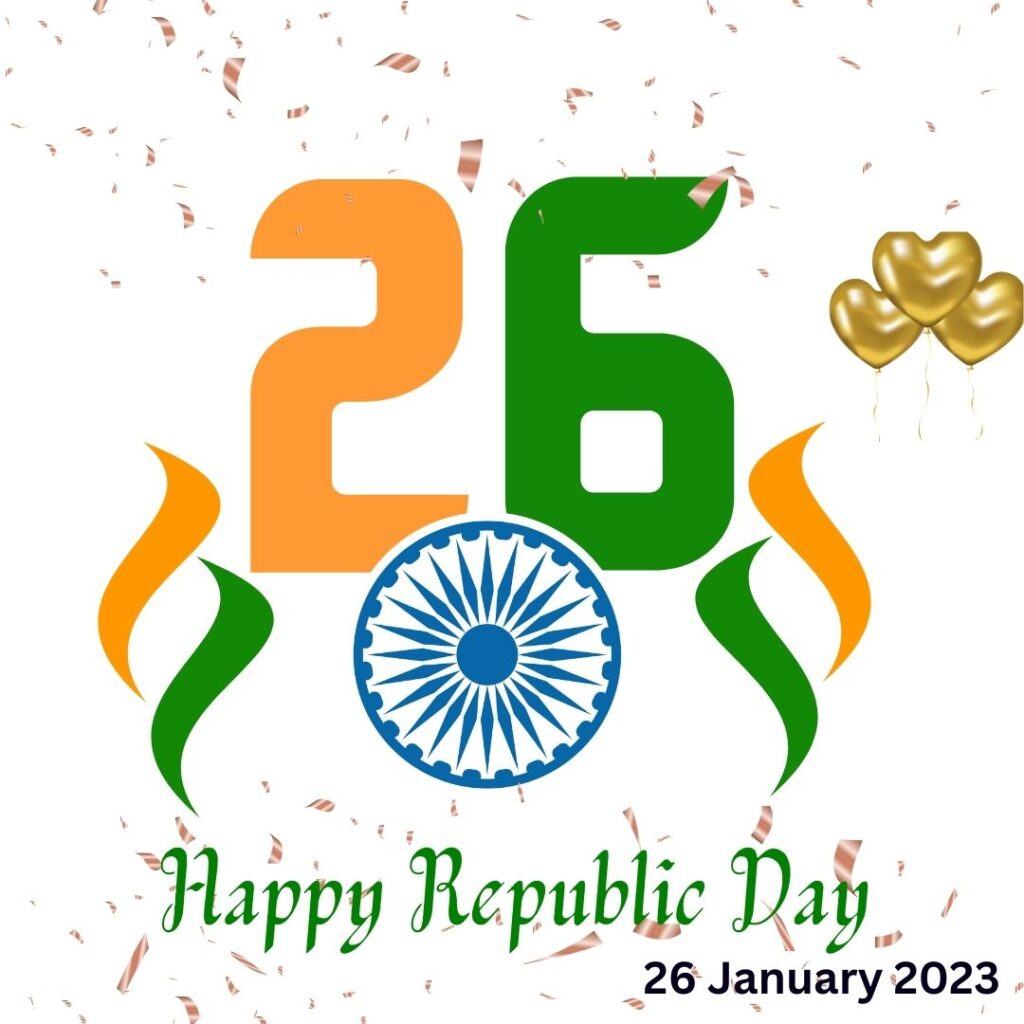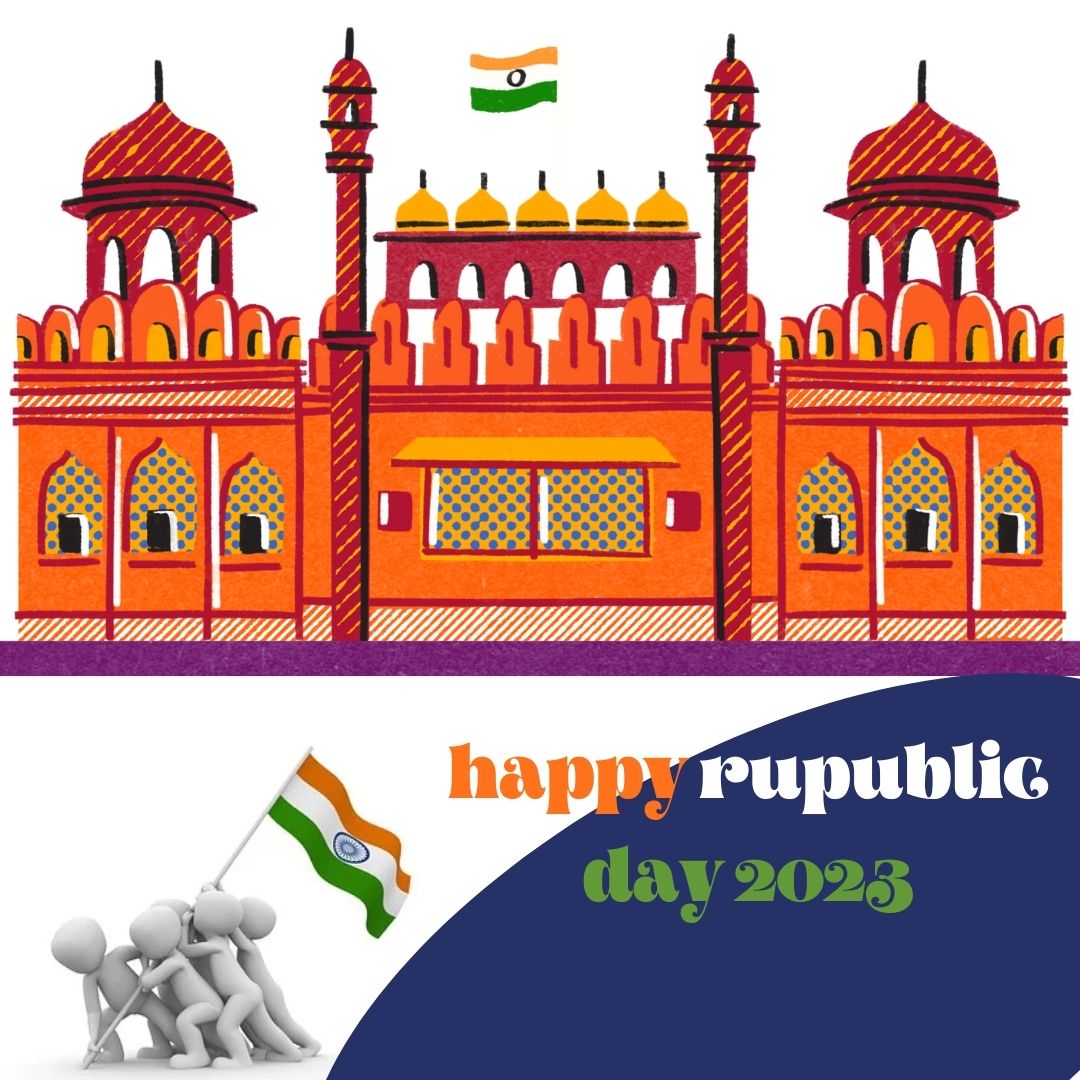Want to know about lohri celebration and want to get best quality of image Click here
Republic Day in India: A Celebration of Unity and Diversity:
India’s population observes Republic Day on January 26 every year to mark the adoption of its Constitution and the country’s transformation from a British colony to an independent, democratic republic.
What is Republic Day, I hear you ask? Republic Day, a national holiday in India, marks the adoption of the Indian Constitution and the country’s transformation from a British colony to an independent, democratic republic. Every year on January 26, people commemorate it. When and why was the first holiday observed? After India’s Constitution was ratified on November 26, 1949, the first Republic Day festivities took place on January 26th, 1950. The Constitution defined the Republic of India’s structure and powers, as well as the fundamental rights and responsibilities of its people. The occasion was made to commemorate the ratification of the Constitution and the founding of the Republic of India.
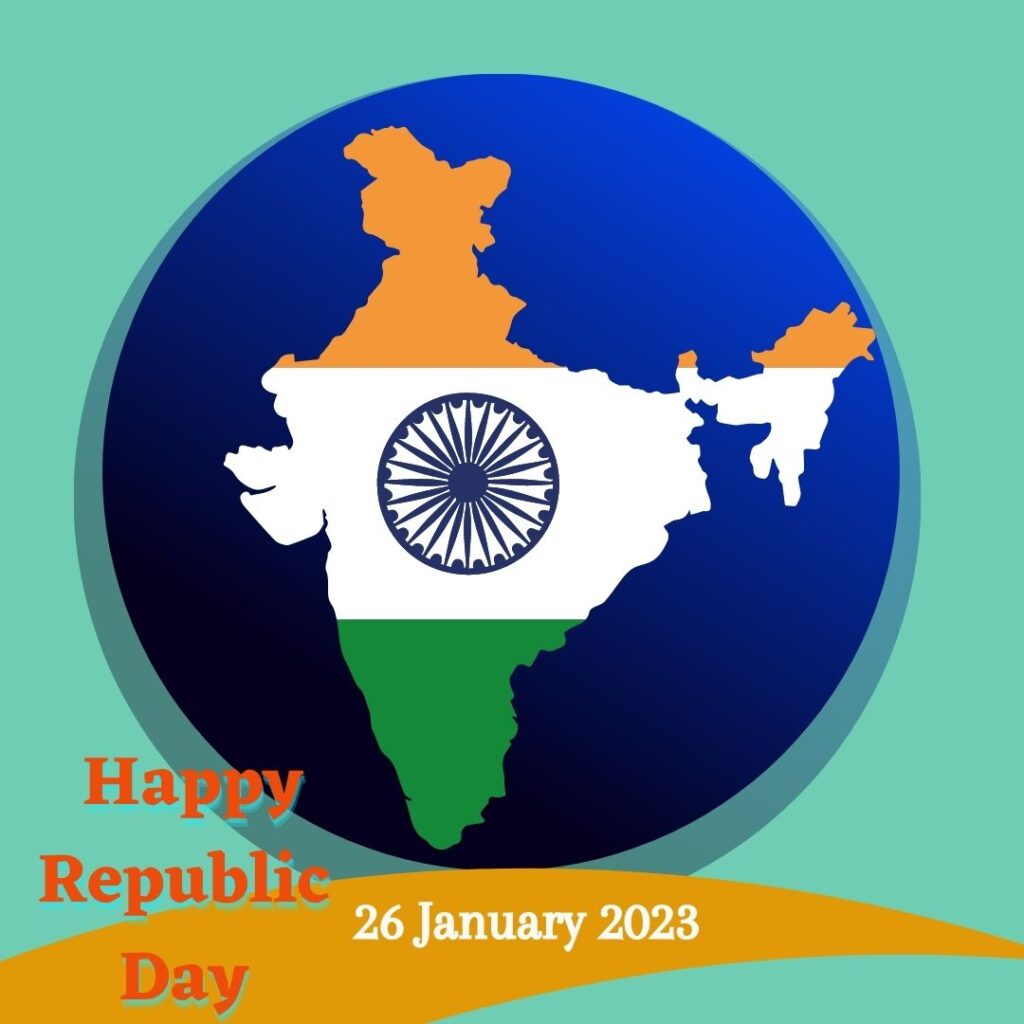
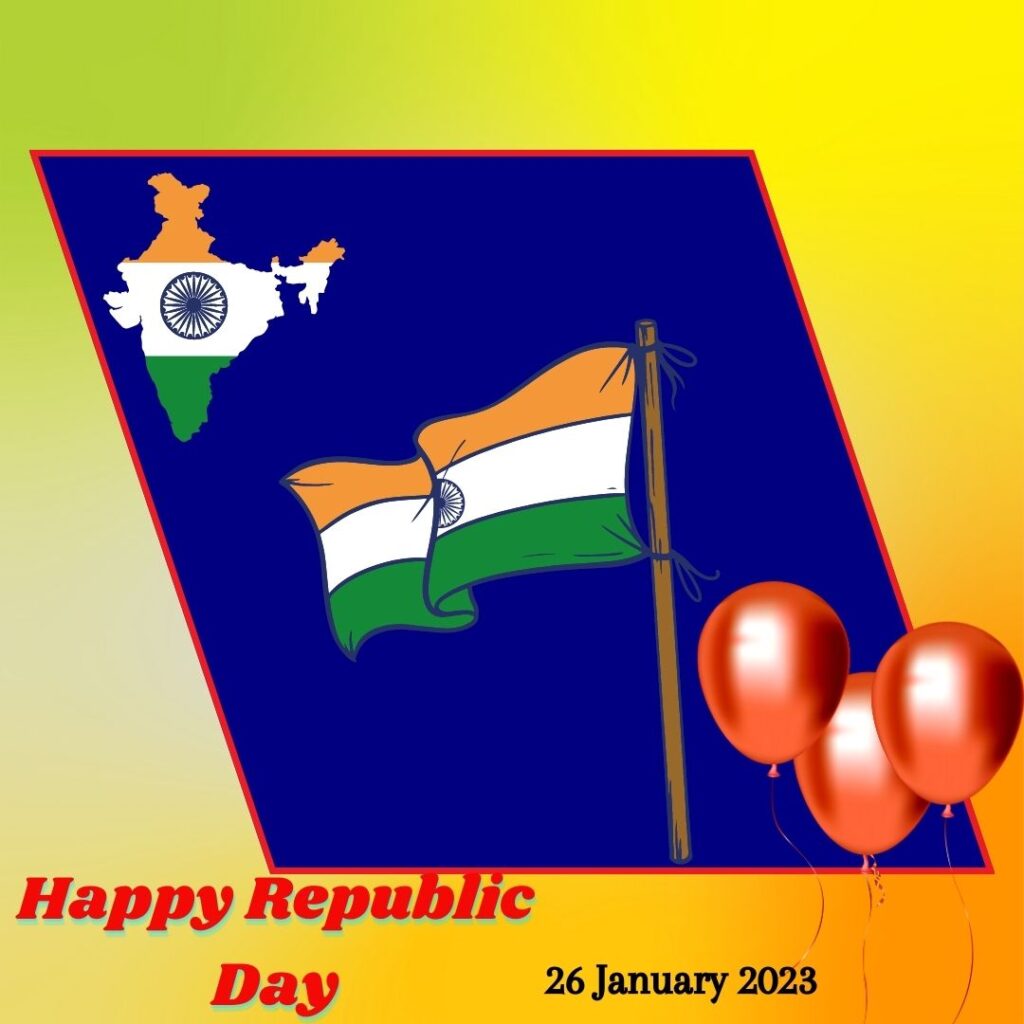

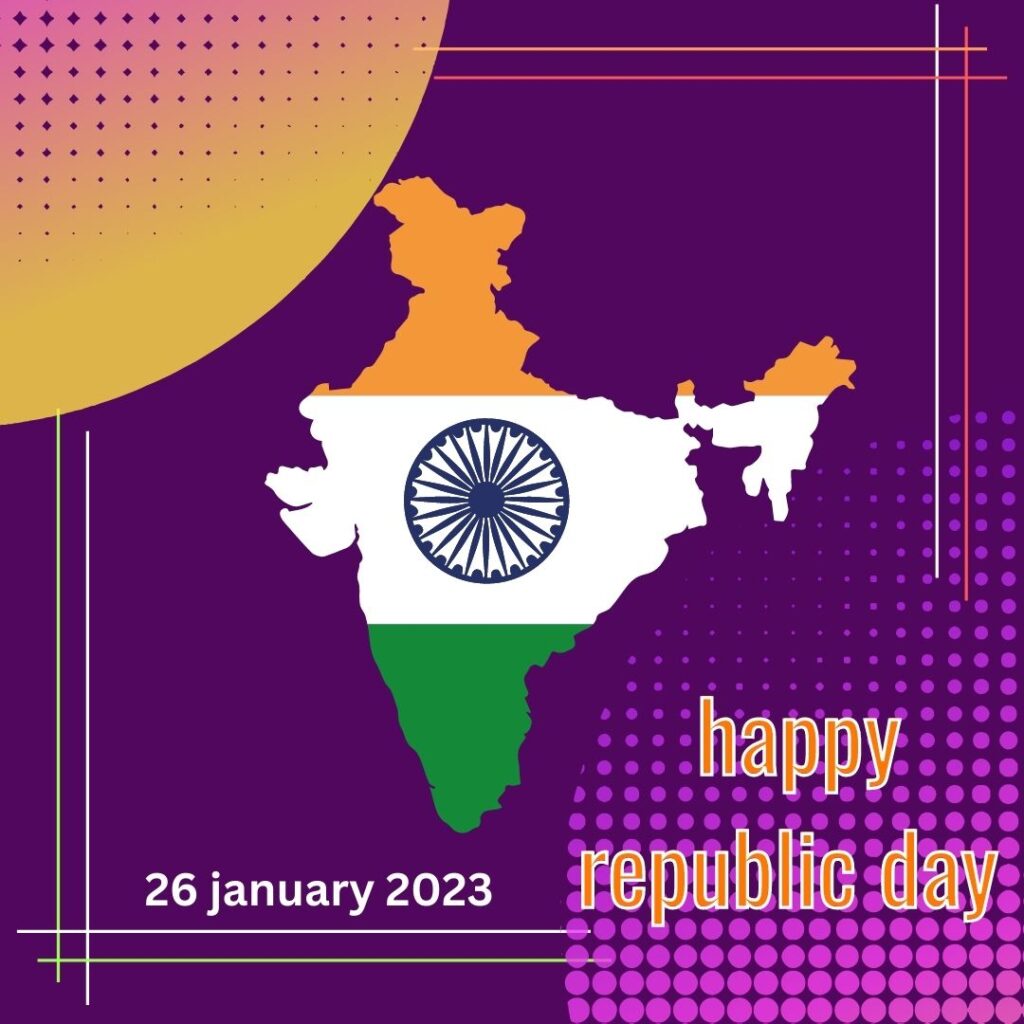
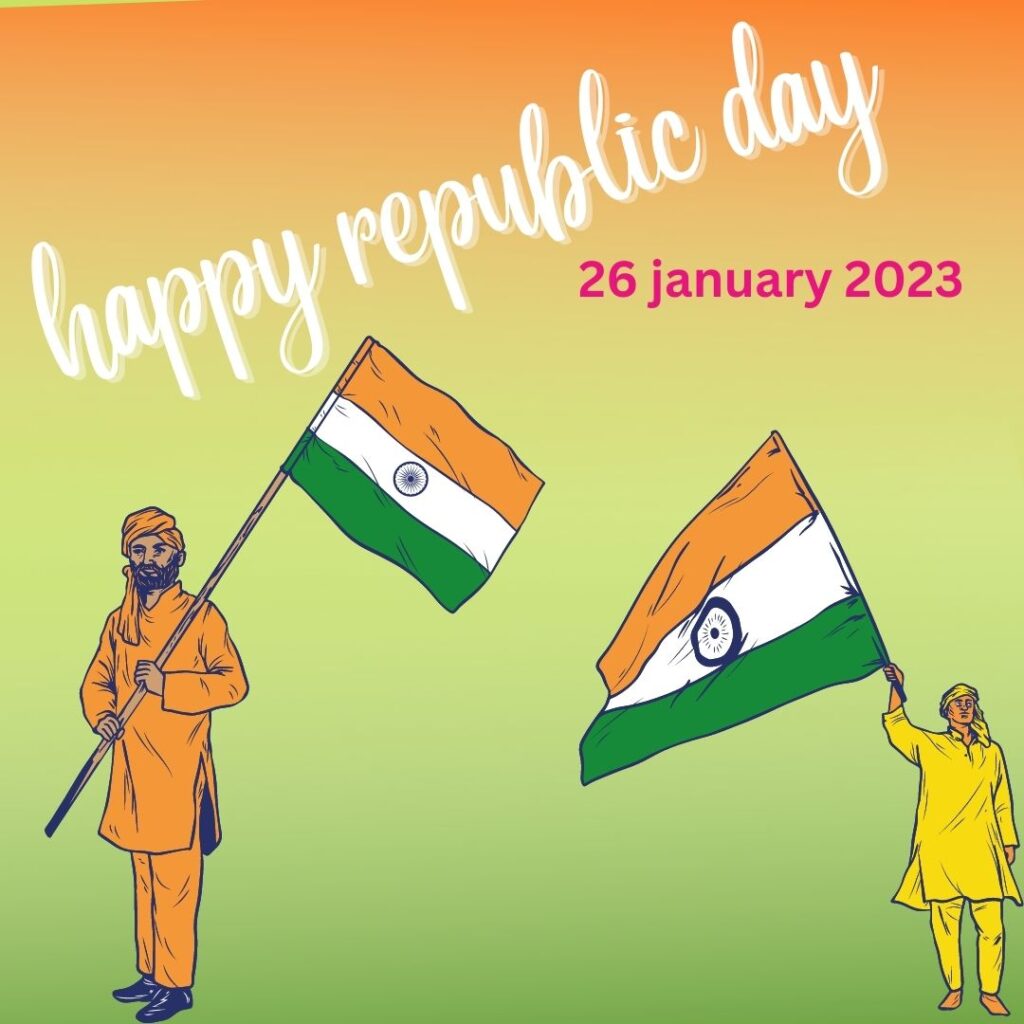


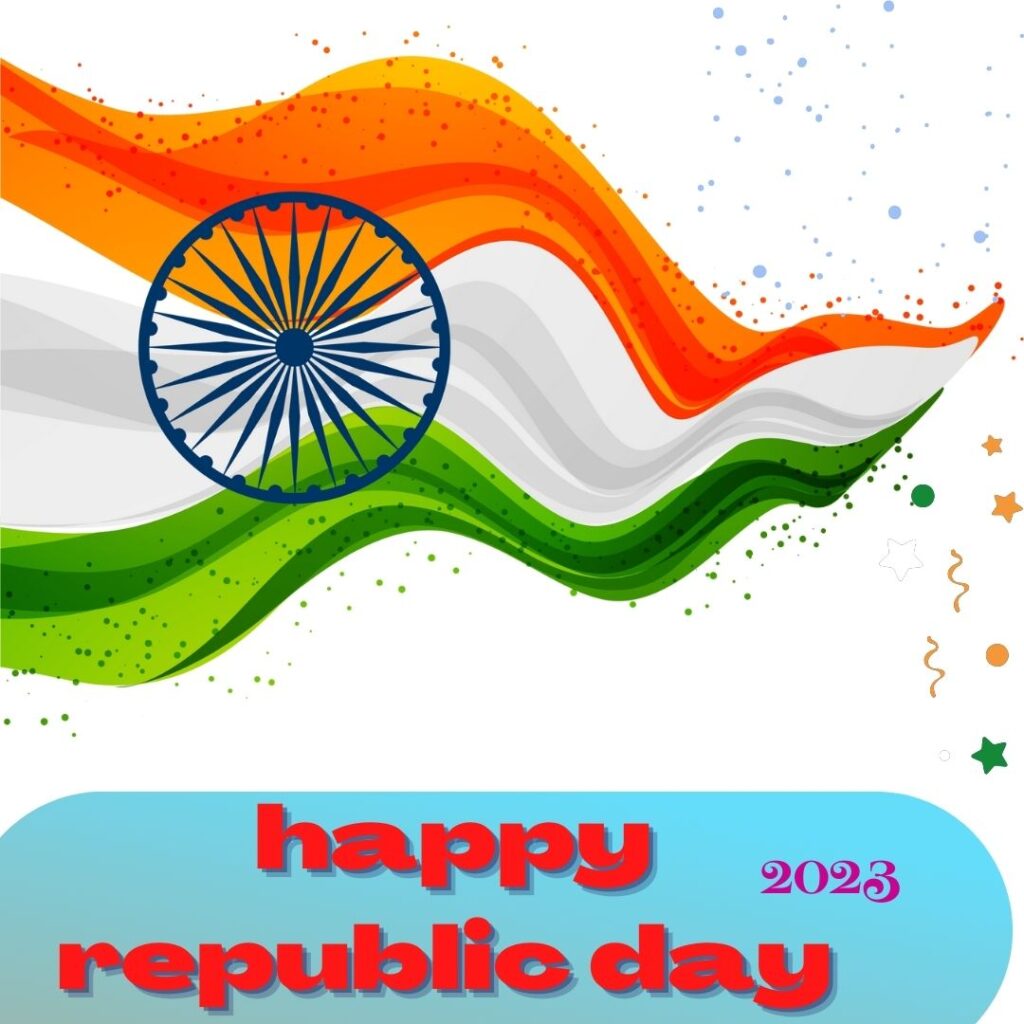

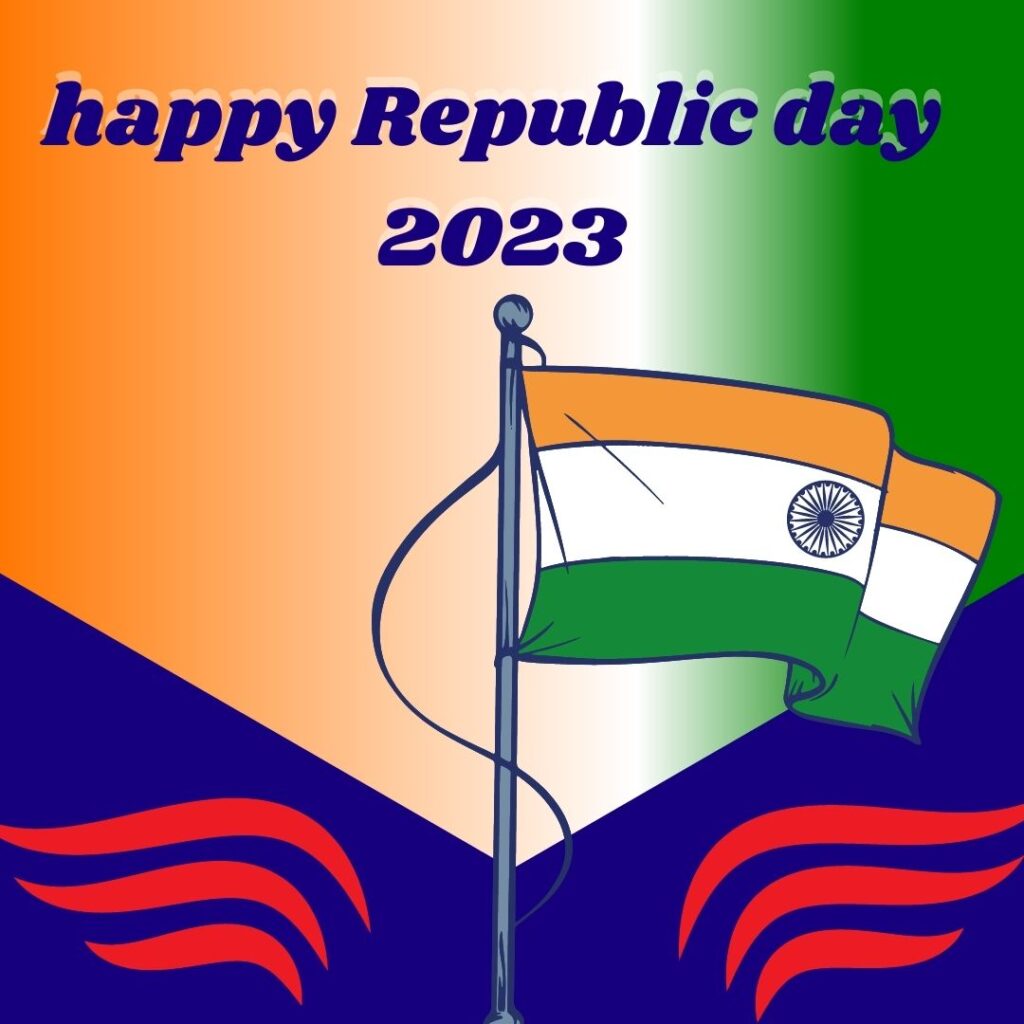
The Origins of Republic Day:
The Indian Independence Declaration. The 26th of January was designated as Independence Day by the Indian National Congress, a political organisation that was instrumental in the campaign for Indian independence, in 1930, which is when Republic Day got its start. On this date in 1930, the Congress party delivered the Purna Swaraj, or “Complete Self-Rule,” or Declaration of Indian Independence, which demanded the immediate and total removal of the British from India. Moving toward a Sovereign Republic India wouldn’t become independent, though, for another close to two decades. India won its freedom from British rule on August 15, 1947, and Jawaharlal Nehru, the country’s first prime minister, proclaimed it a national holiday. A modified version of the Government of India Act of 1935, which had been approved by the British Parliament, was in place because the nation did not yet have a constitution. The Constitution of India was not ratified by the Constituent Assembly of India, a group of elected representatives entrusted with writing a new constitution for the nation, until November 26, 1949. This law founded the Republic of India and went into effect on January 26, 1950.


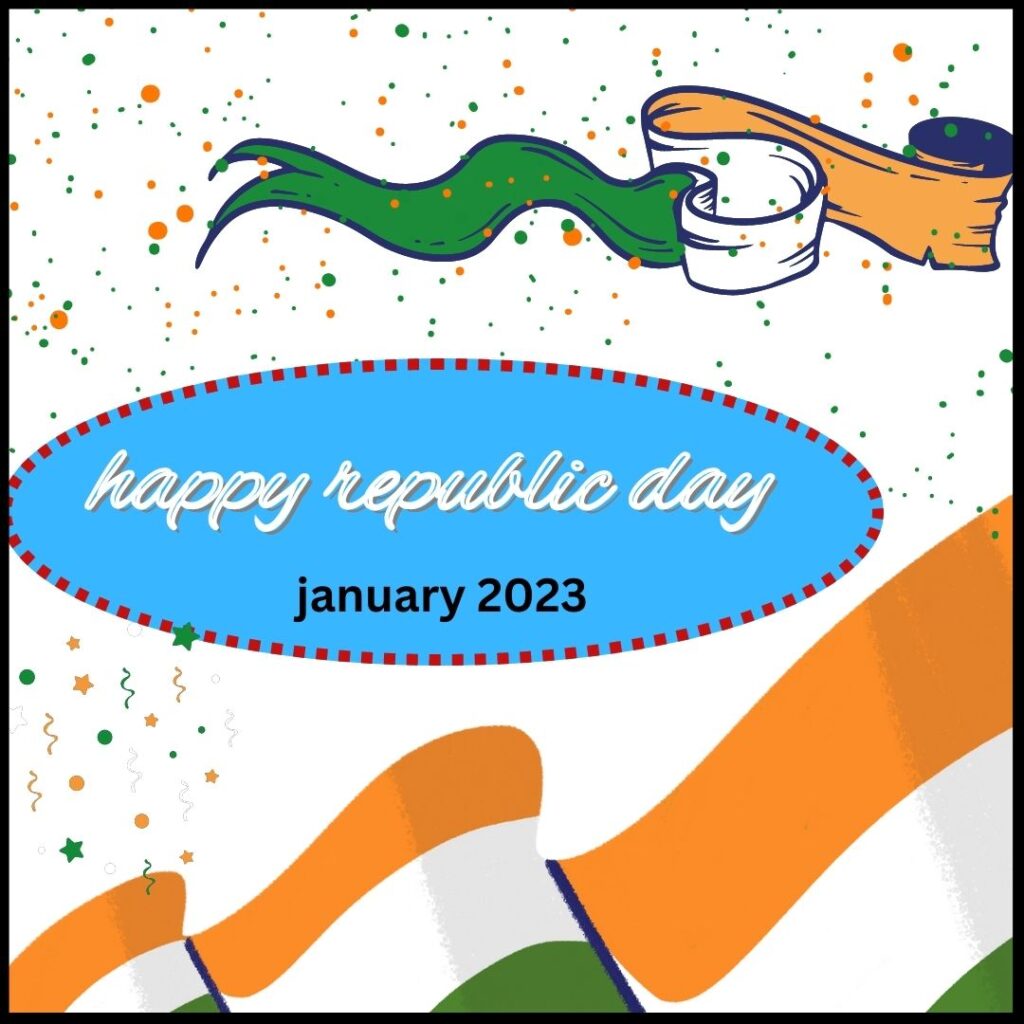




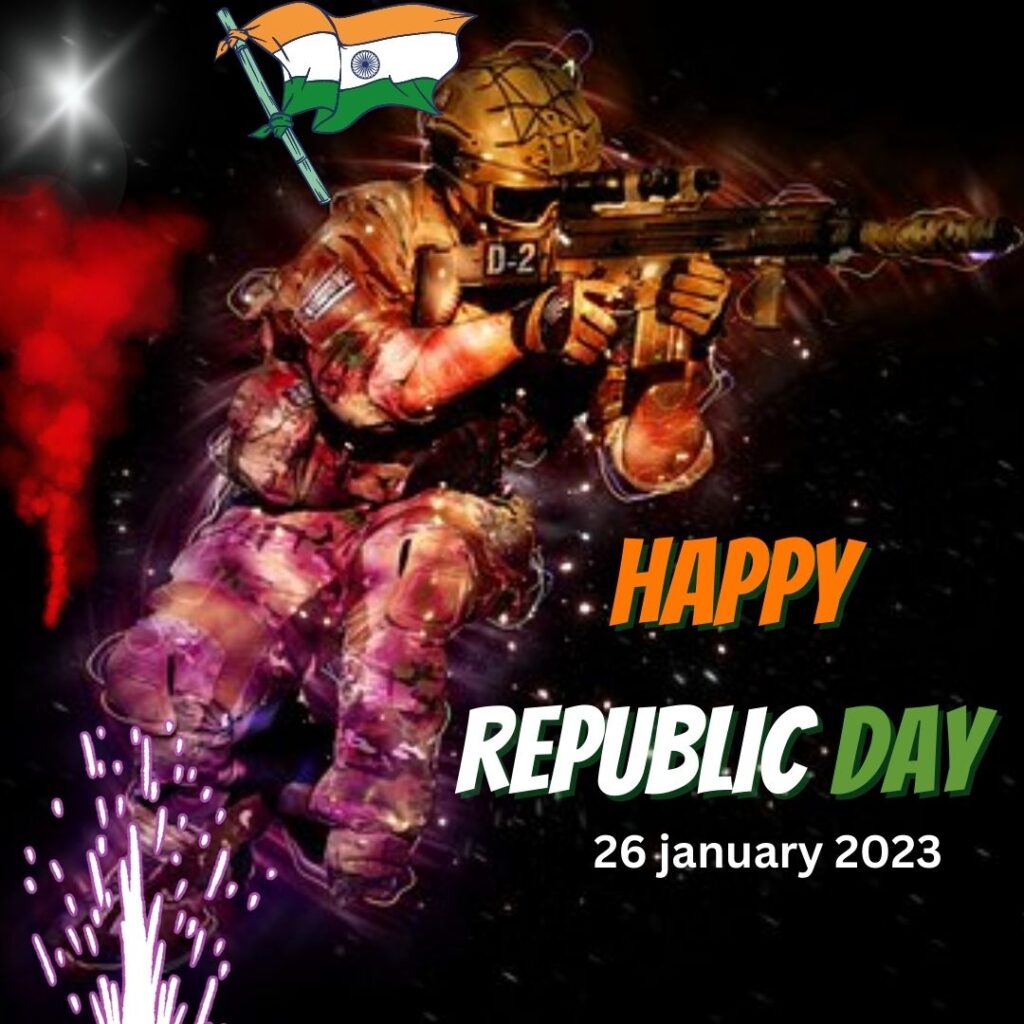
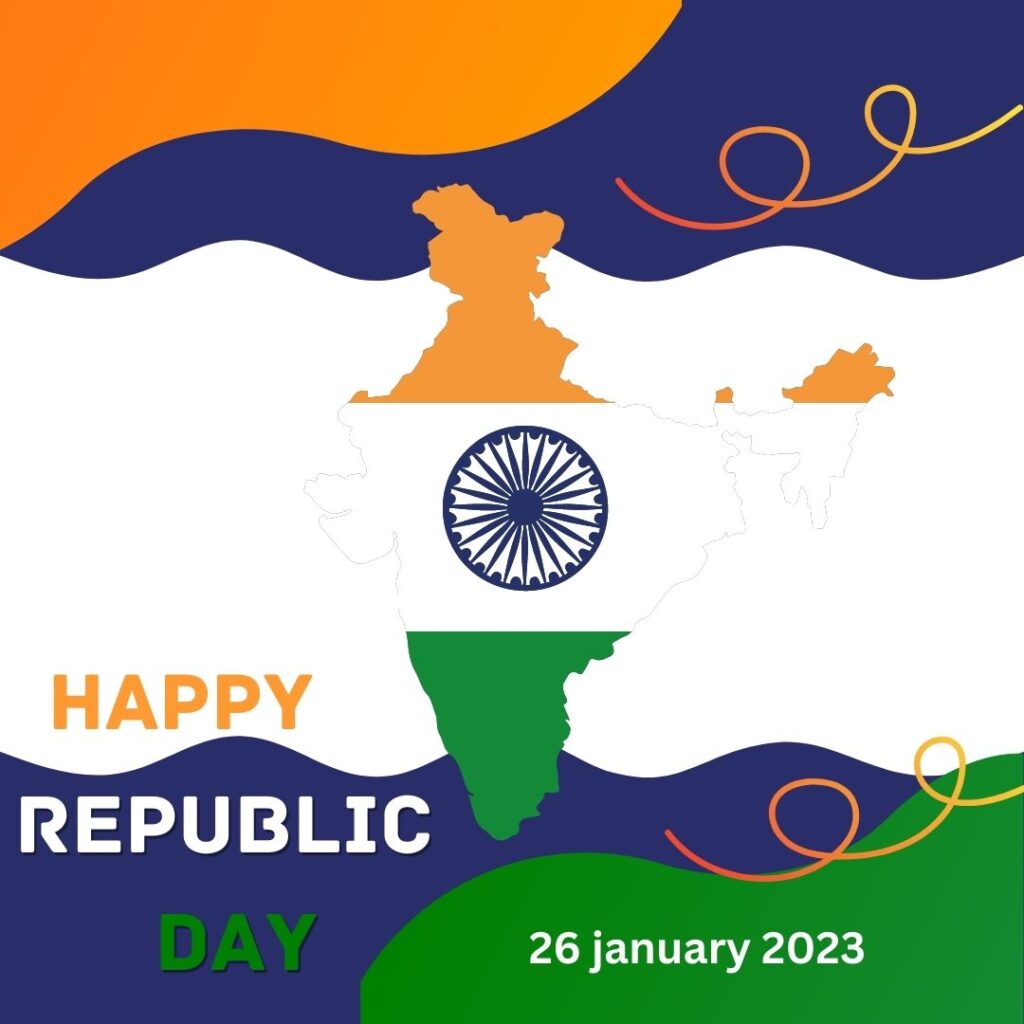
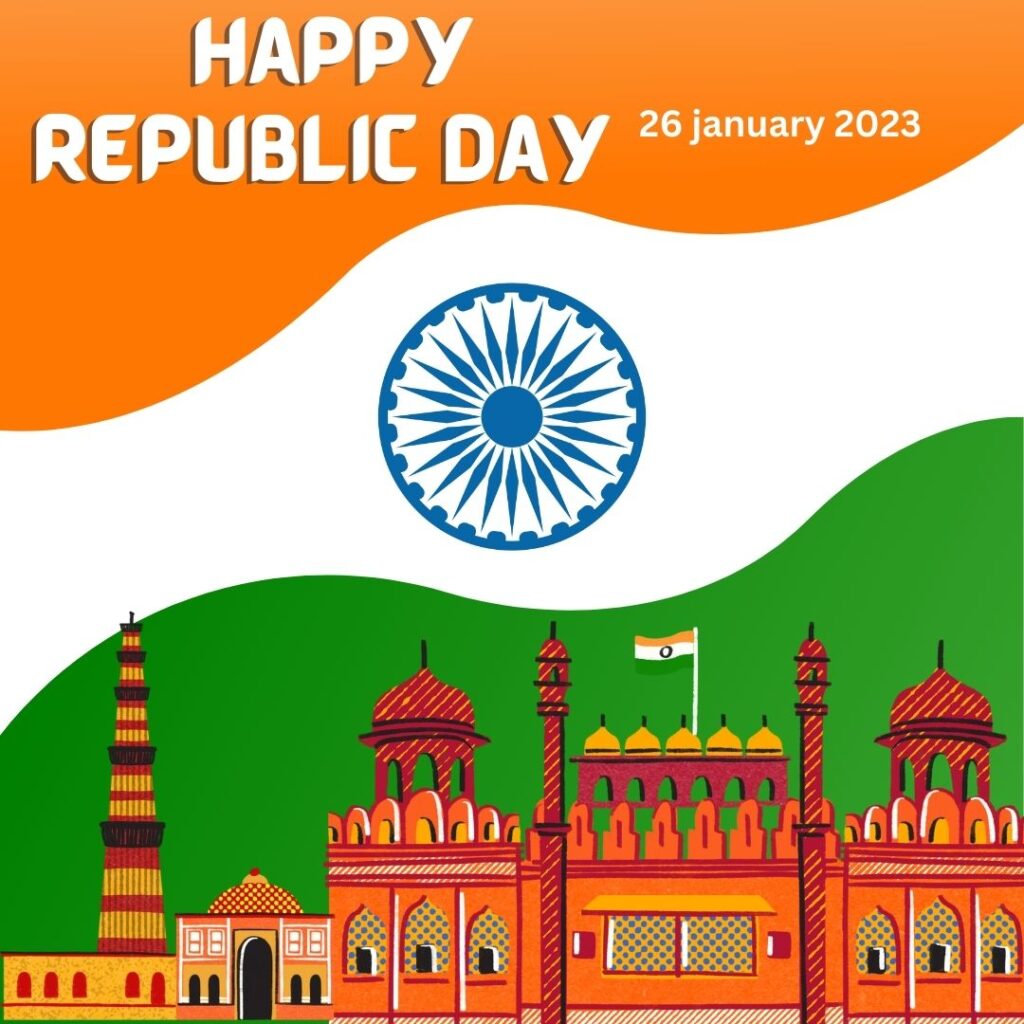
The Meaning and Symbolism of Republic Day:
India’s national flag. The Indian national flag, sometimes referred to as the “Tiranga” or “tricolour,” is one of the most recognisable images associated with Republic Day. The flag has a blue chakra (wheel) in the middle and three horizontal bars of saffron, white, and green colour. Saffron stands for bravery and selflessness, white for peace and righteousness, and green for fertility. The blue chakra stands for dharma and the cycle of life.
Diversity and Unity at the Celebration. Republic Day honours the nation’s variety, independence, and democratic ideals as well as its cohesion. It is a day for the people of India to unite, celebrate their country’s advancements and accomplishments, and reaffirm their dedication to constructing a brighter future for all.
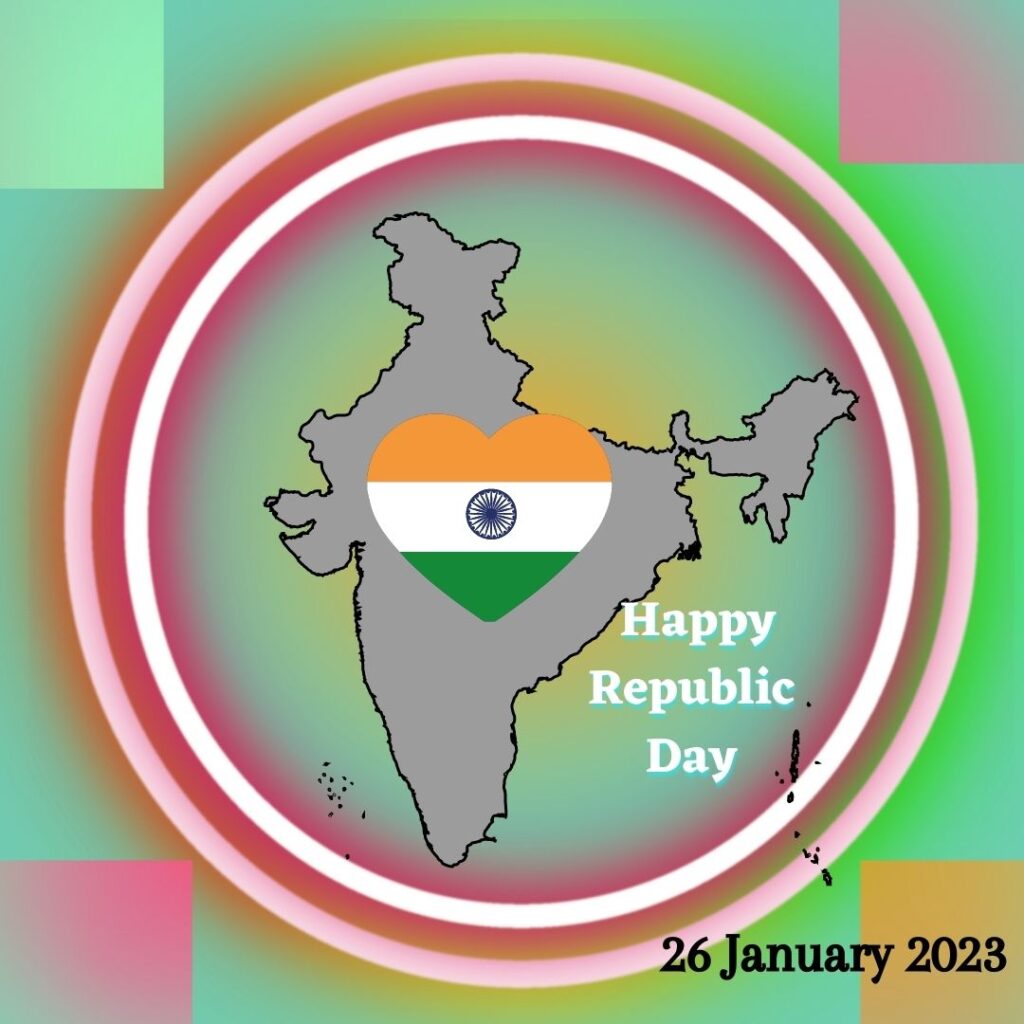



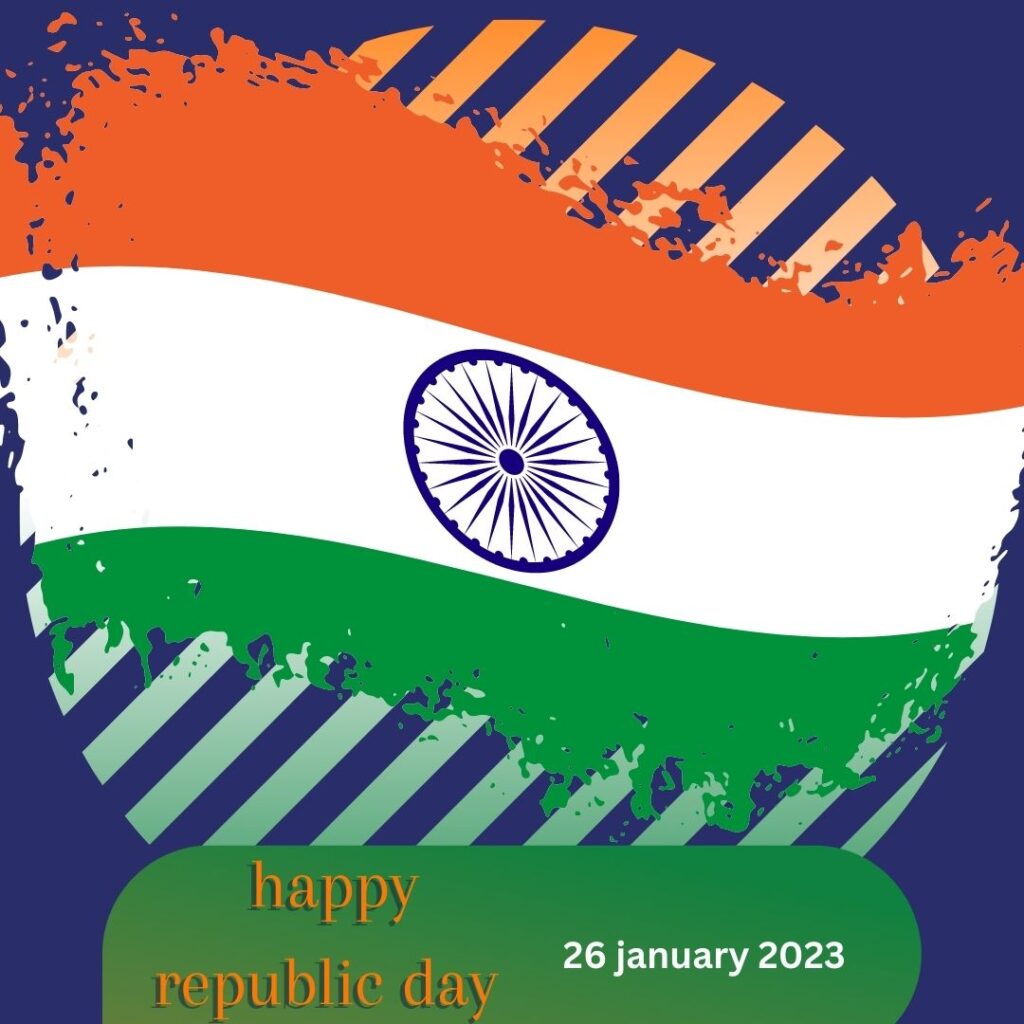
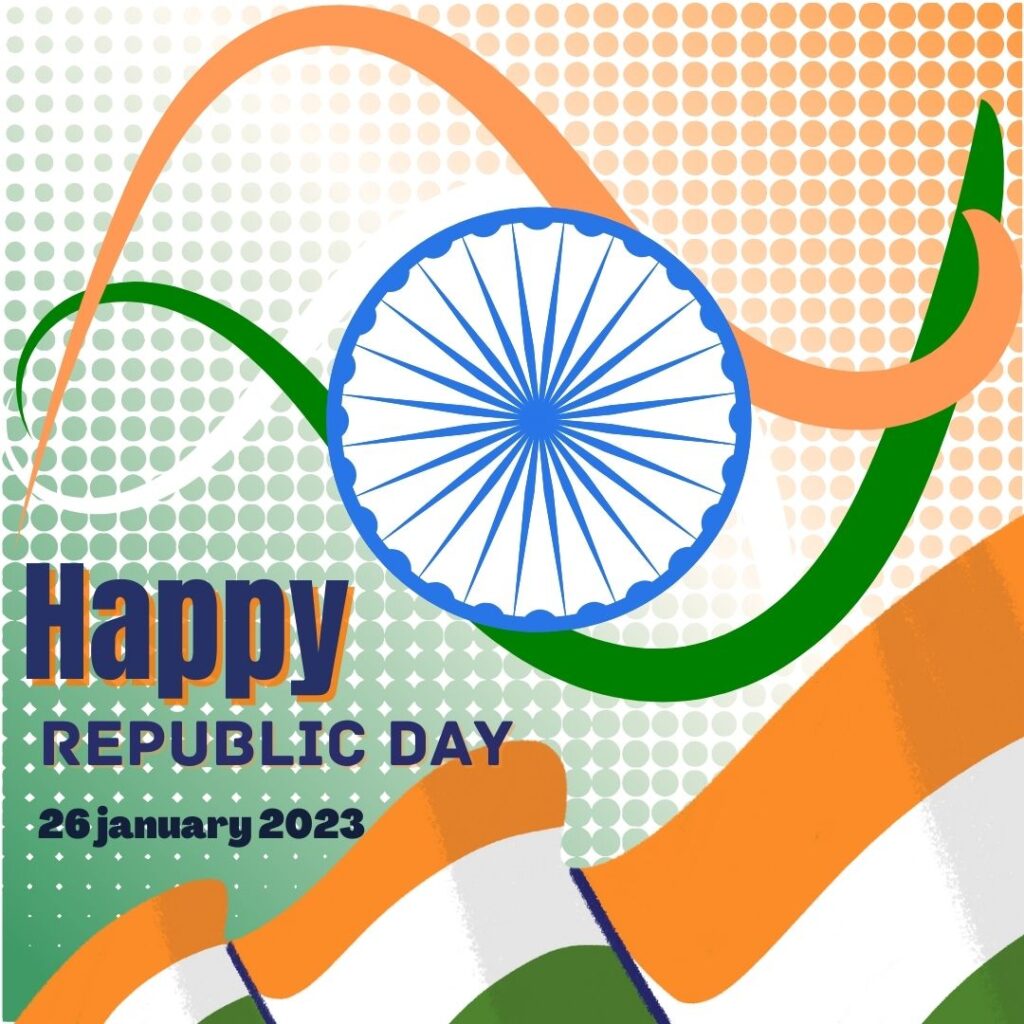

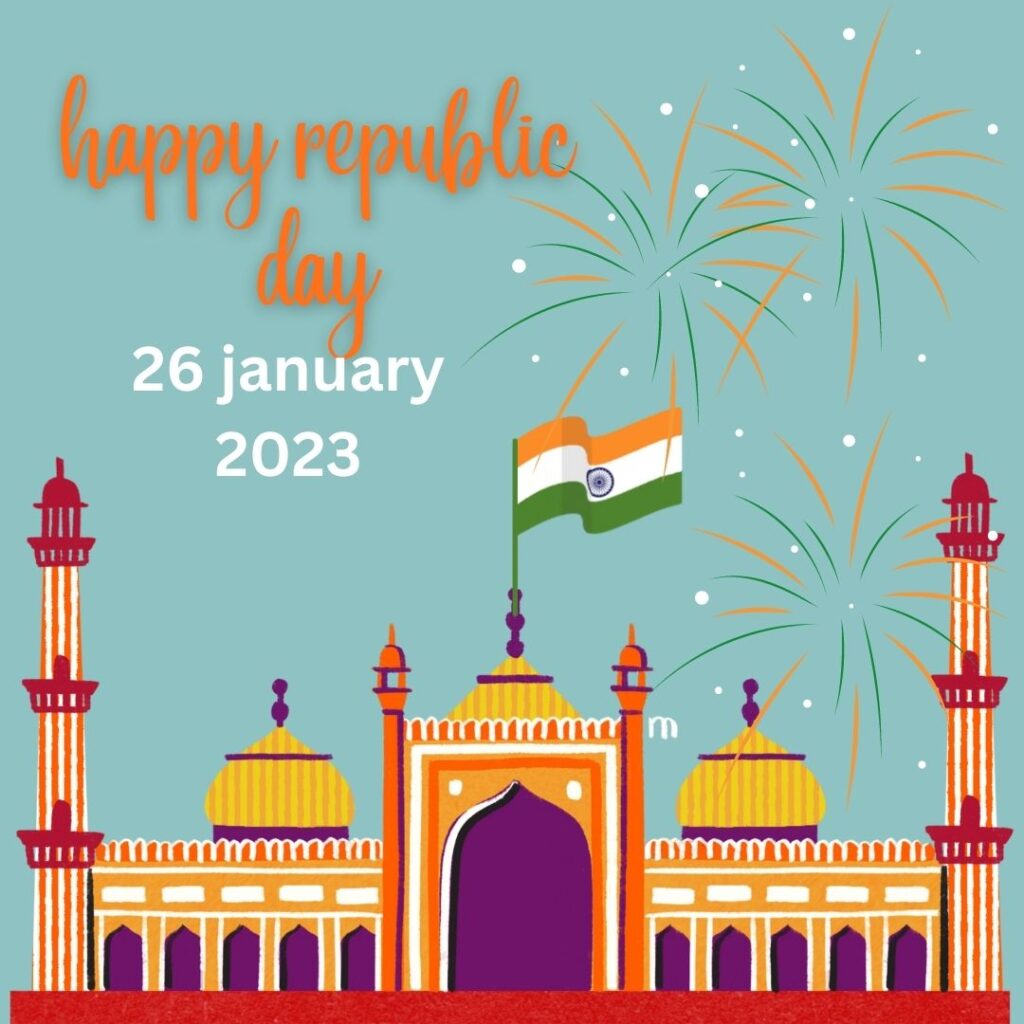
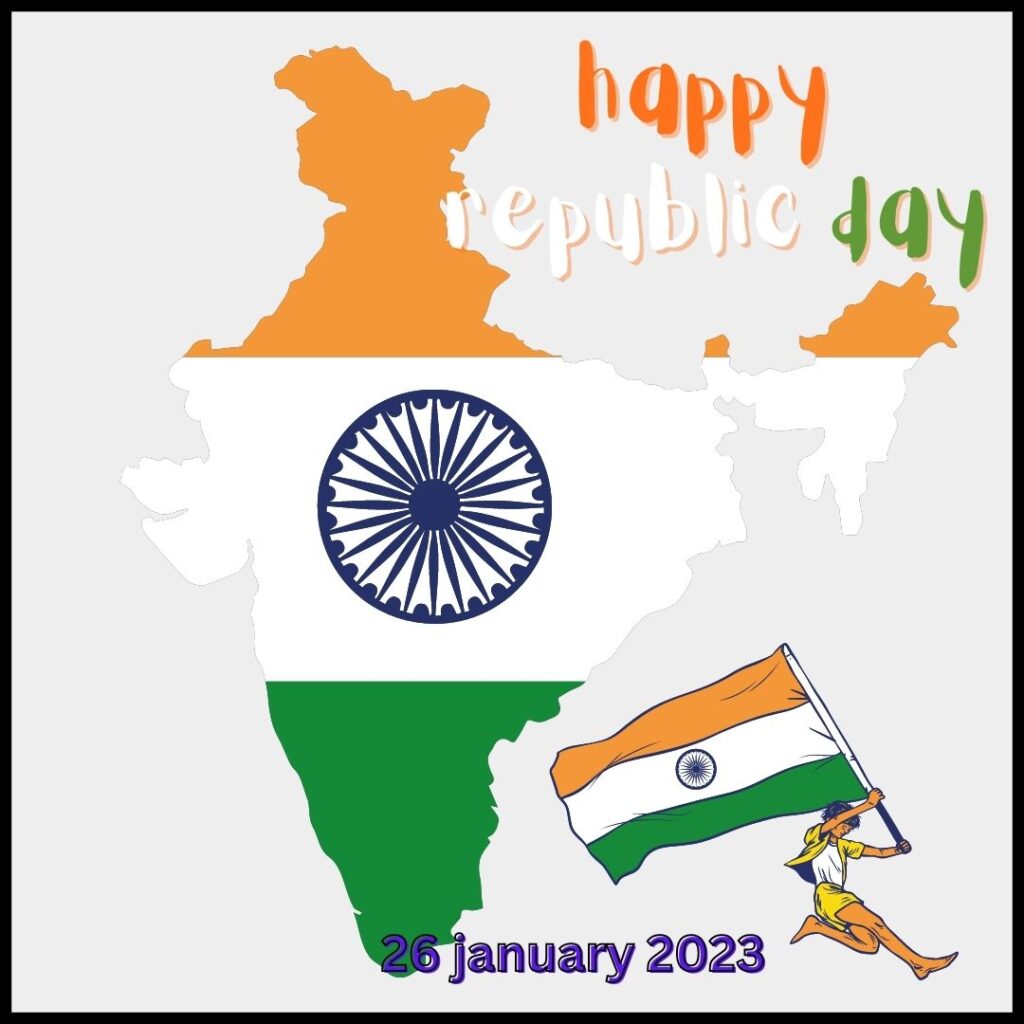
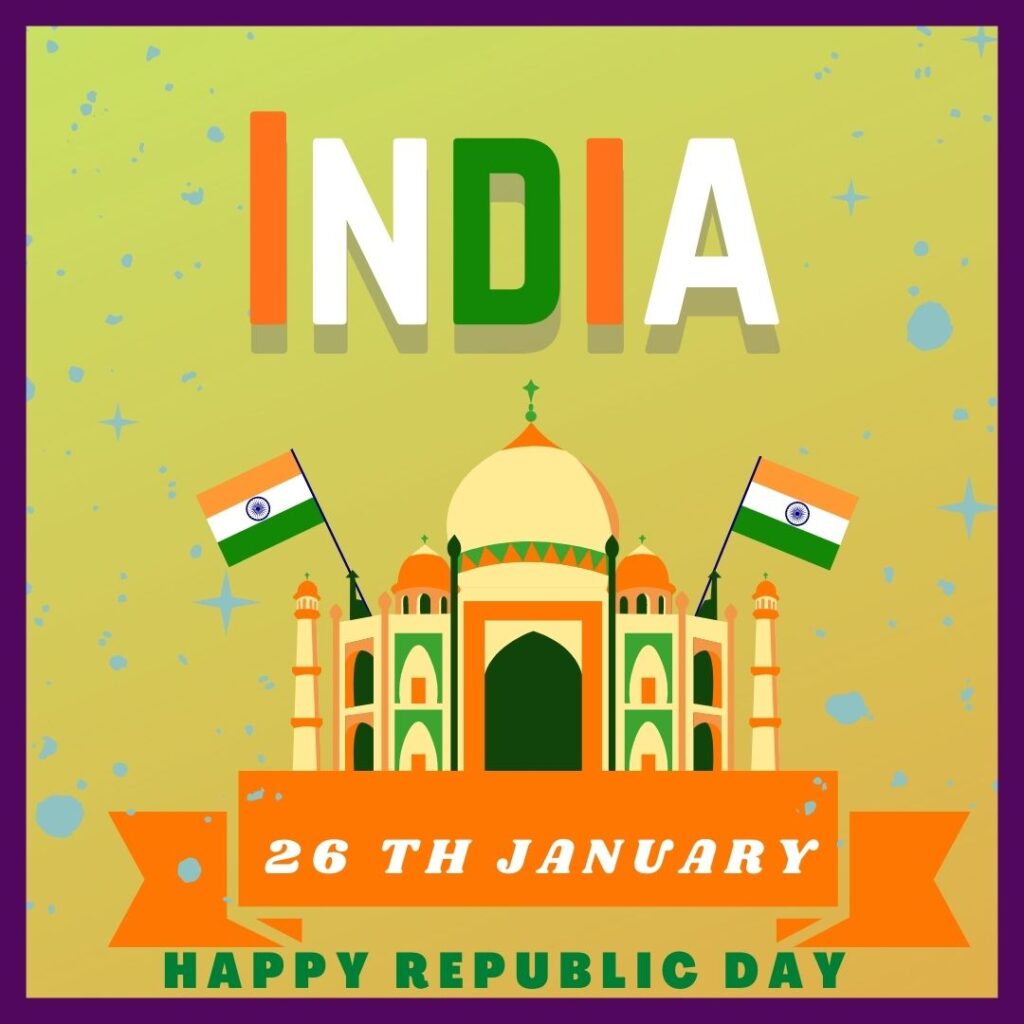
The Celebration of Republic Day:
The New Delhi Parade. The primary Republic Day celebration is celebrated in New Delhi, the capital of India, when a large procession is staged. The parade, which includes floats showcasing the cultural and historical variety of the nation, is attended by the president of India and other dignitaries. Along with soldiers marching in formation and military equipment on display, the parade also serves as a demonstration of India’s military power.
Cultural Events and Programs in Every State. In addition to the parade, cultural events and programmes are held nationwide to commemorate Republic Day.
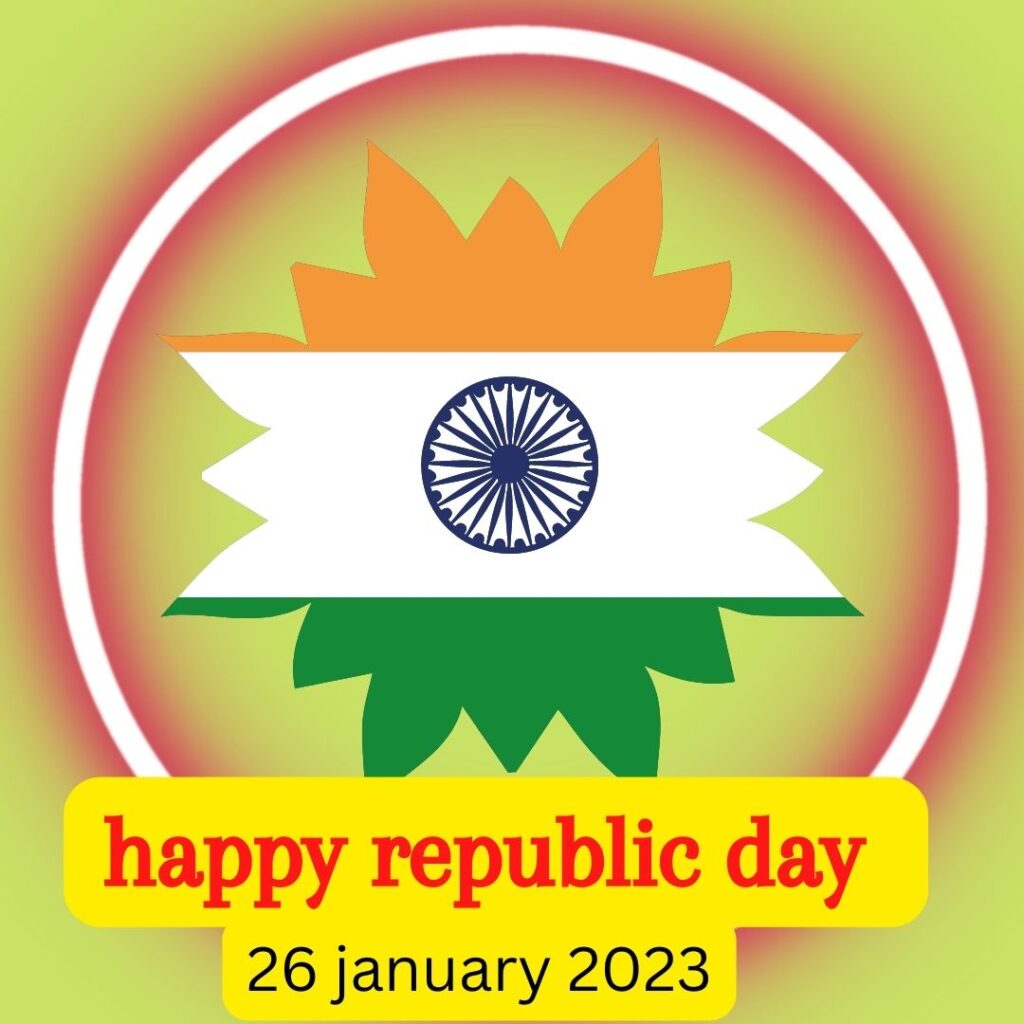
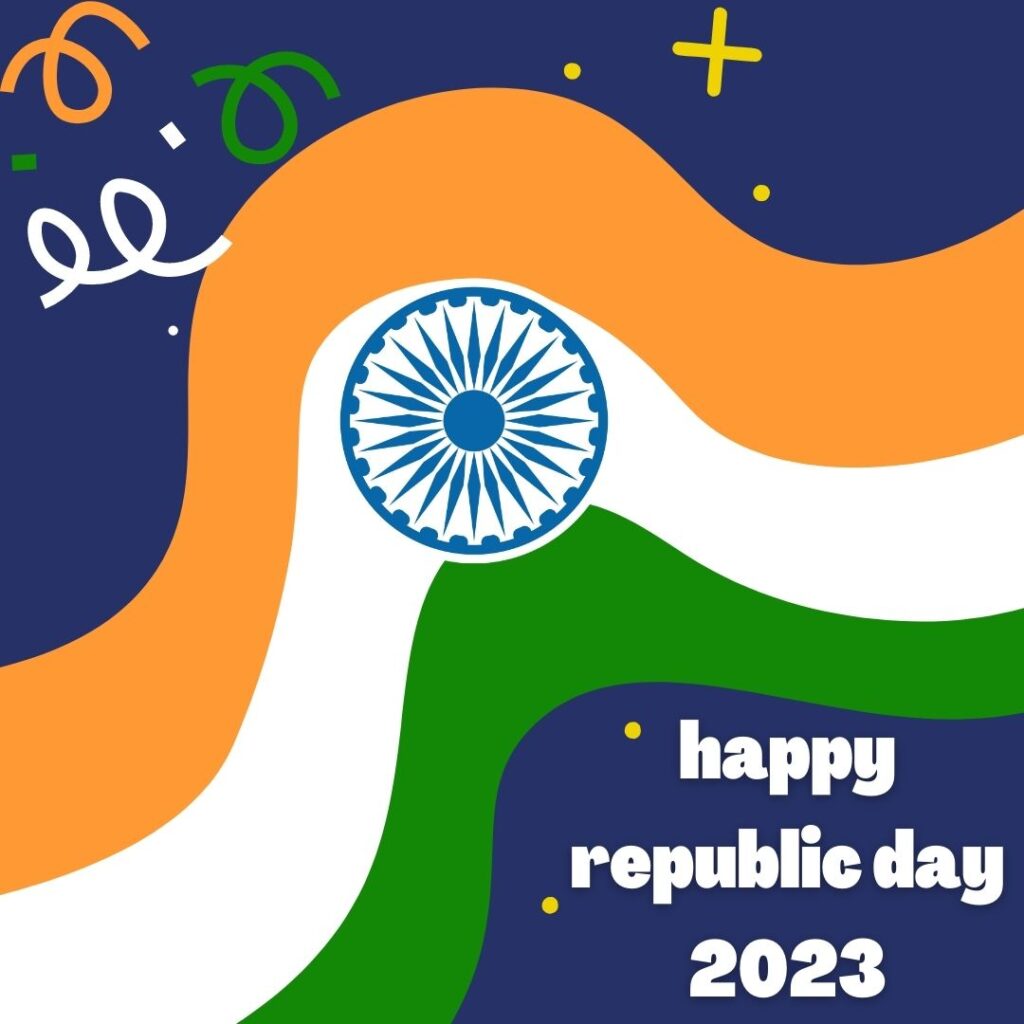
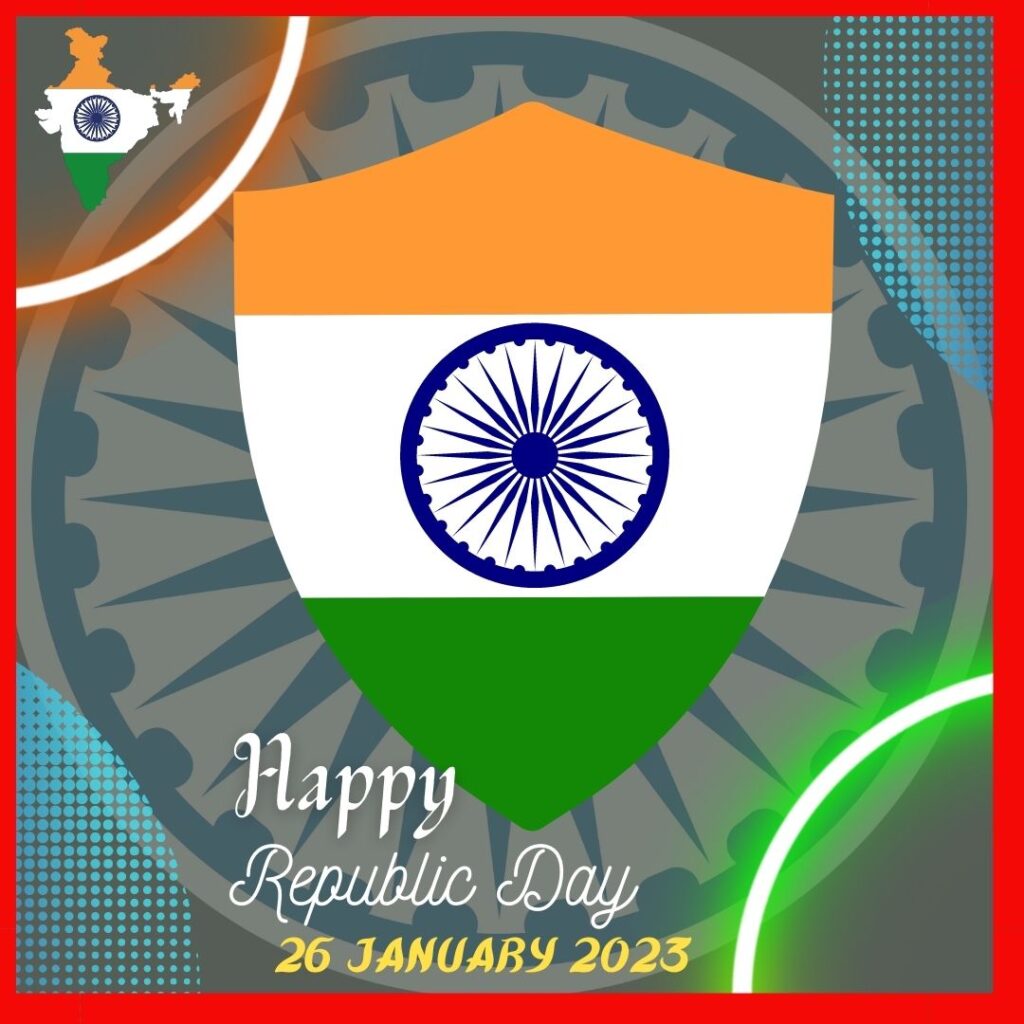


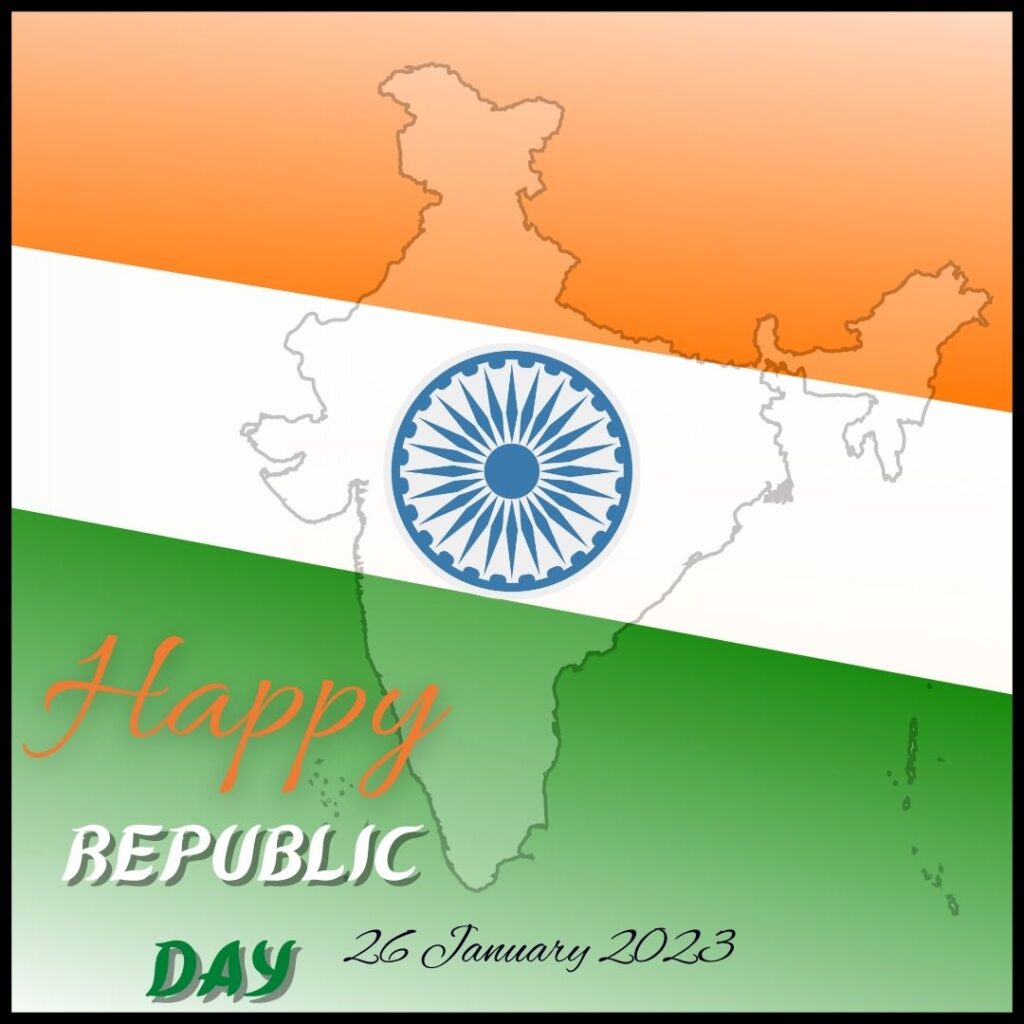
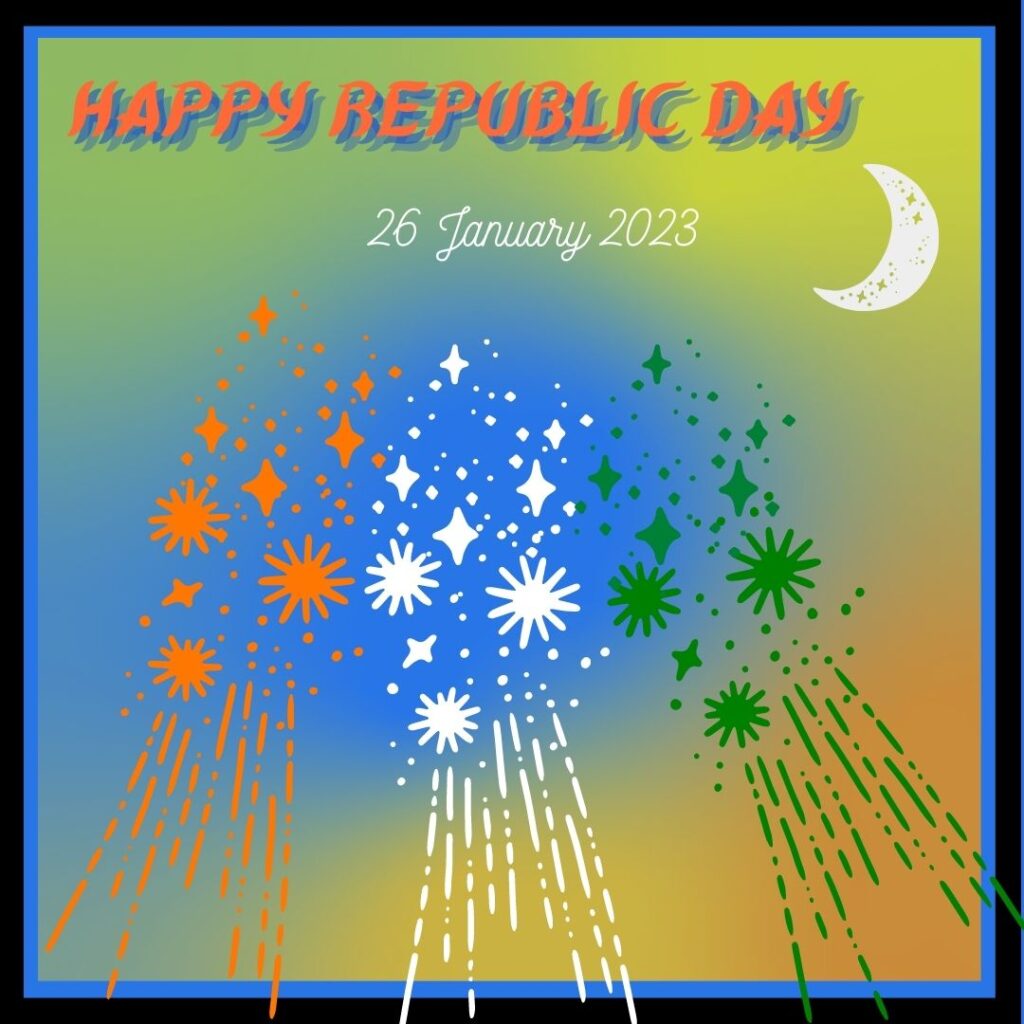

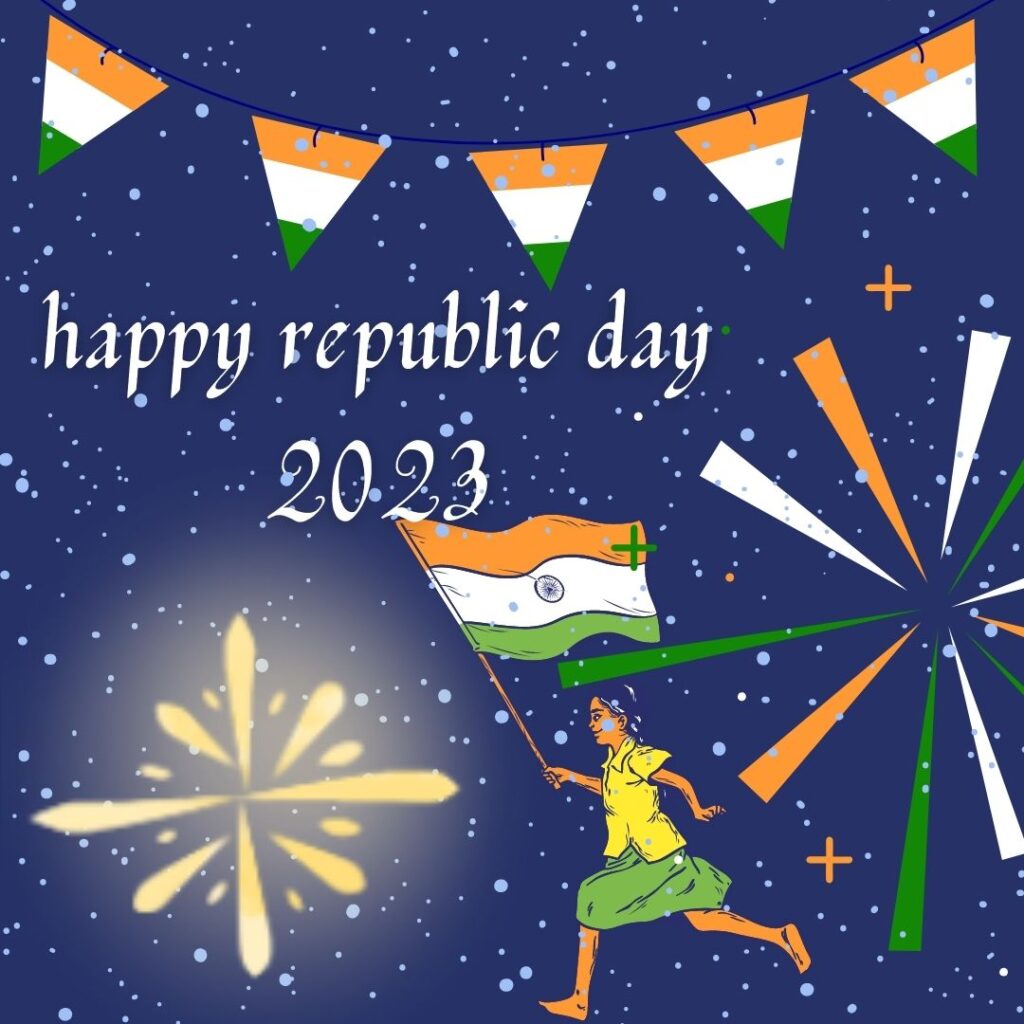

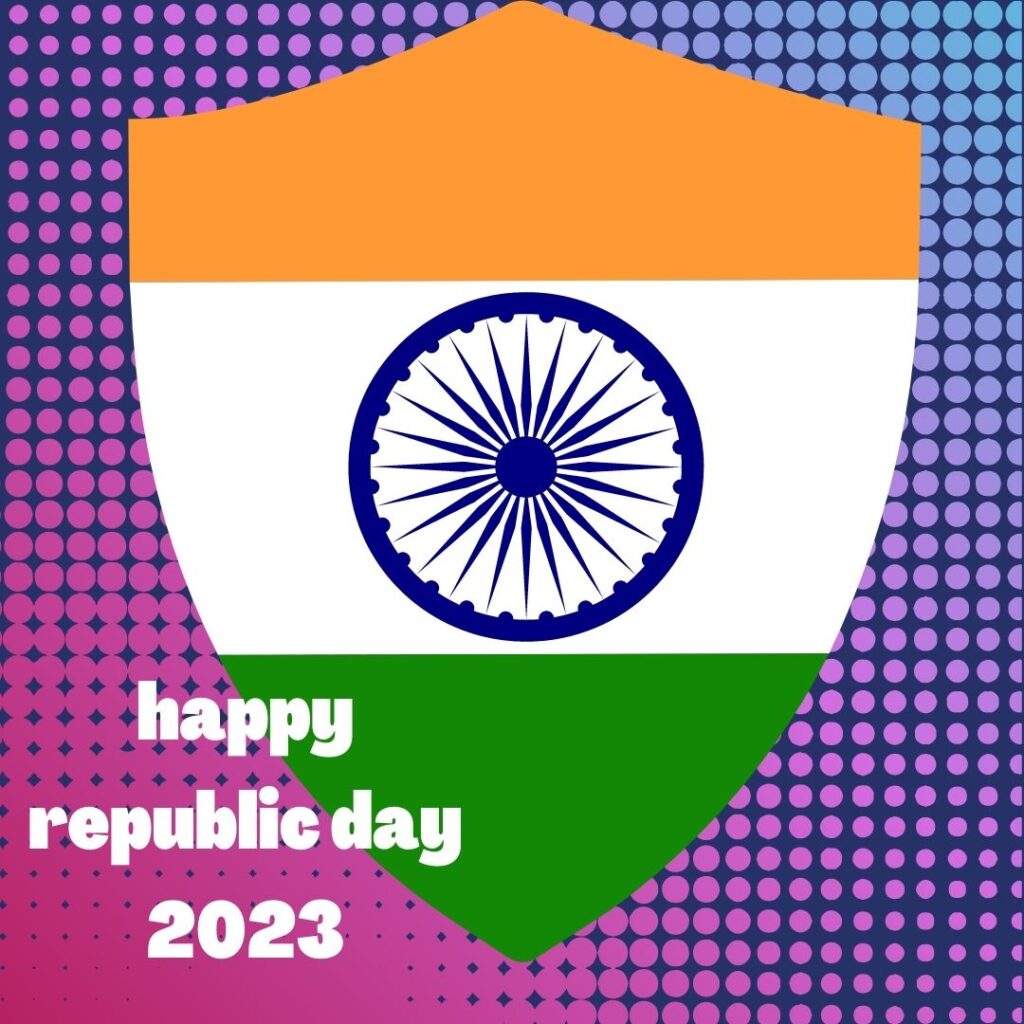
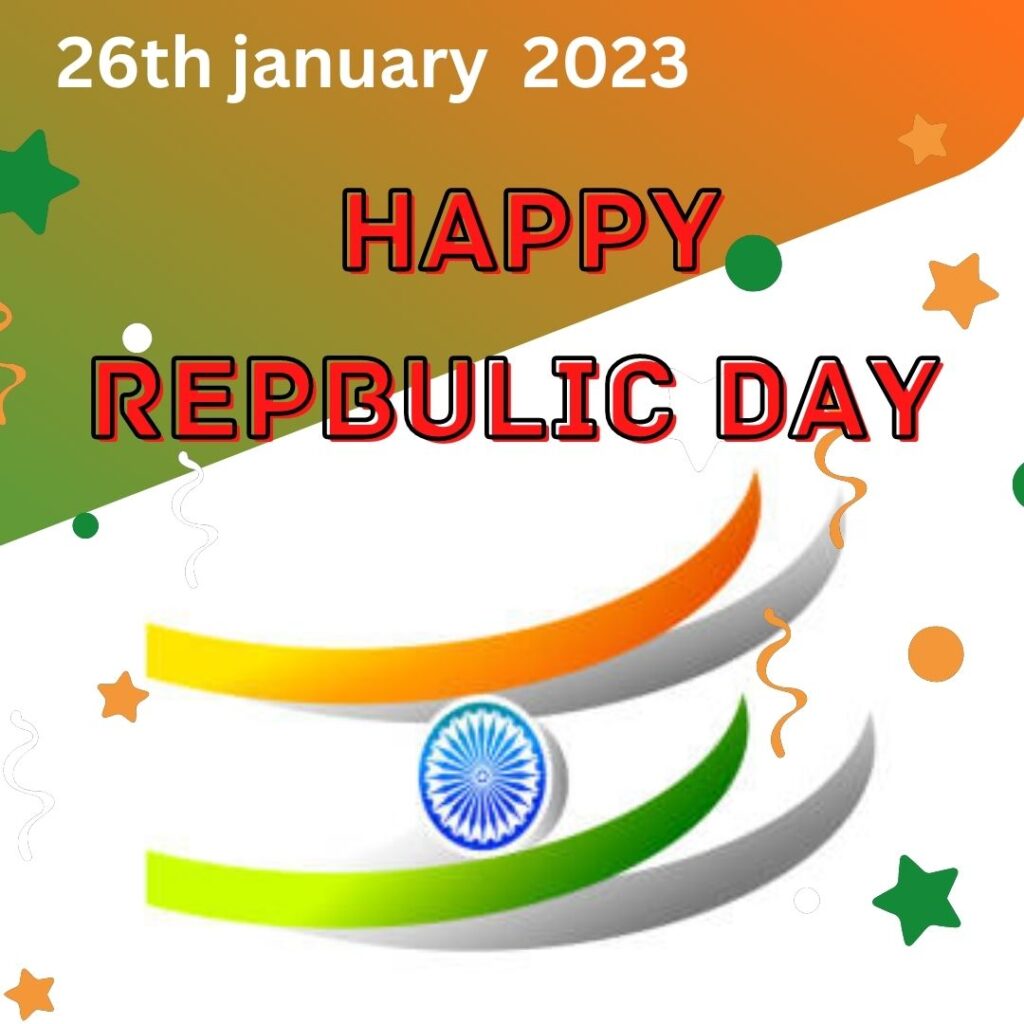

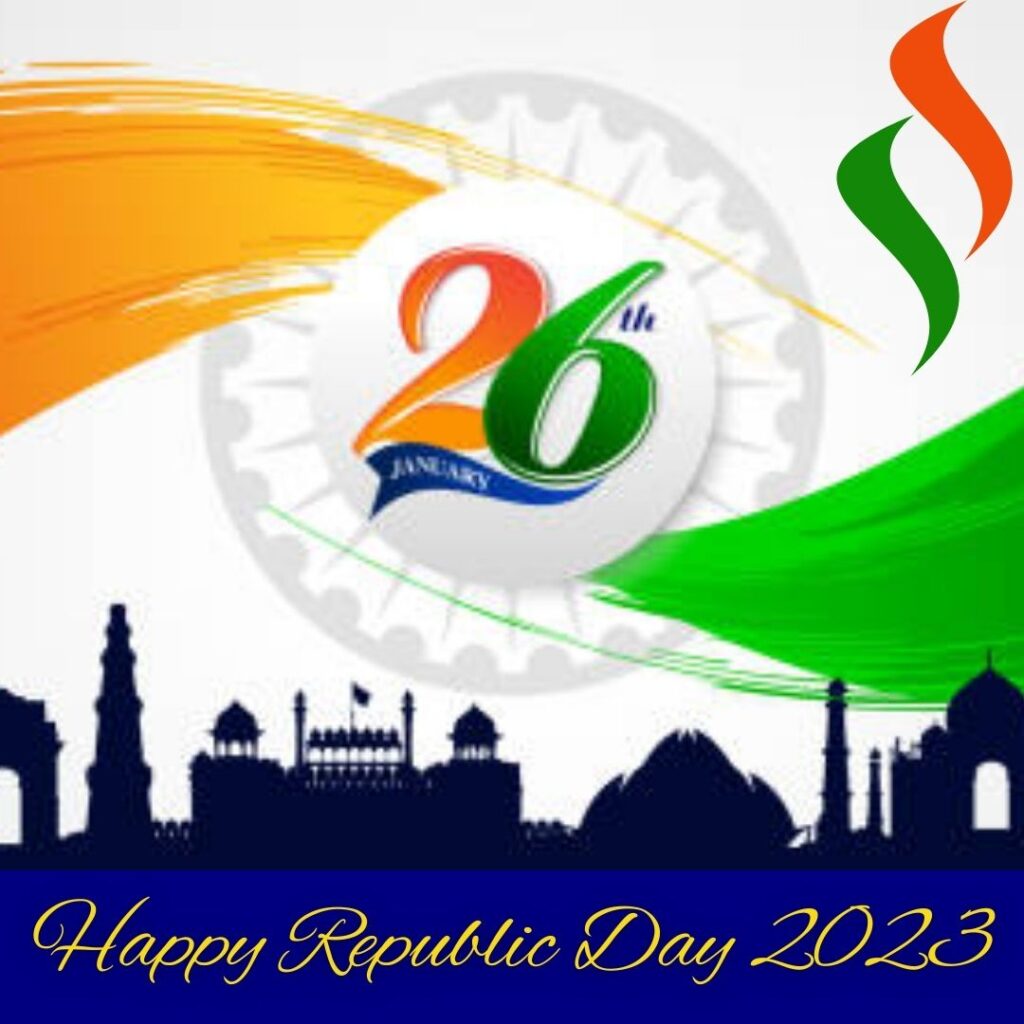
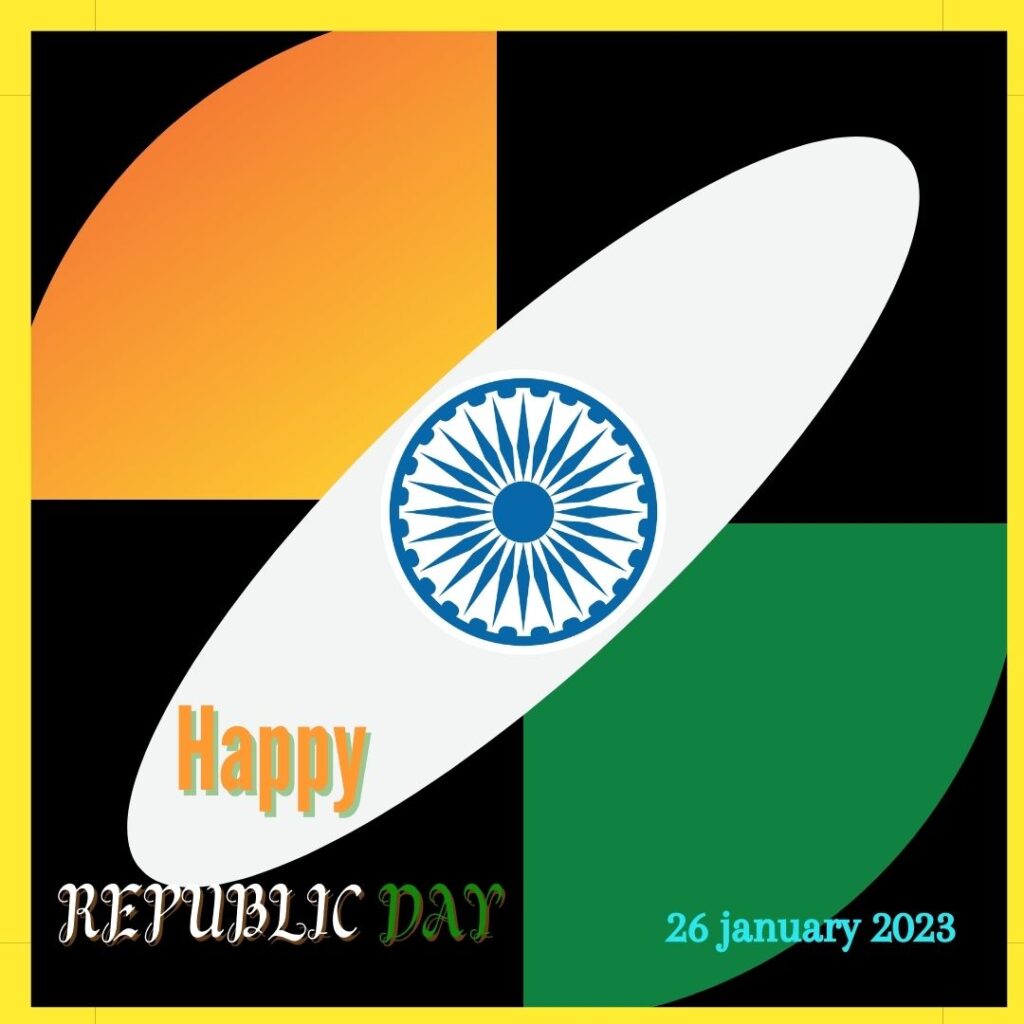
Celebrating Republic Day 26 January in India


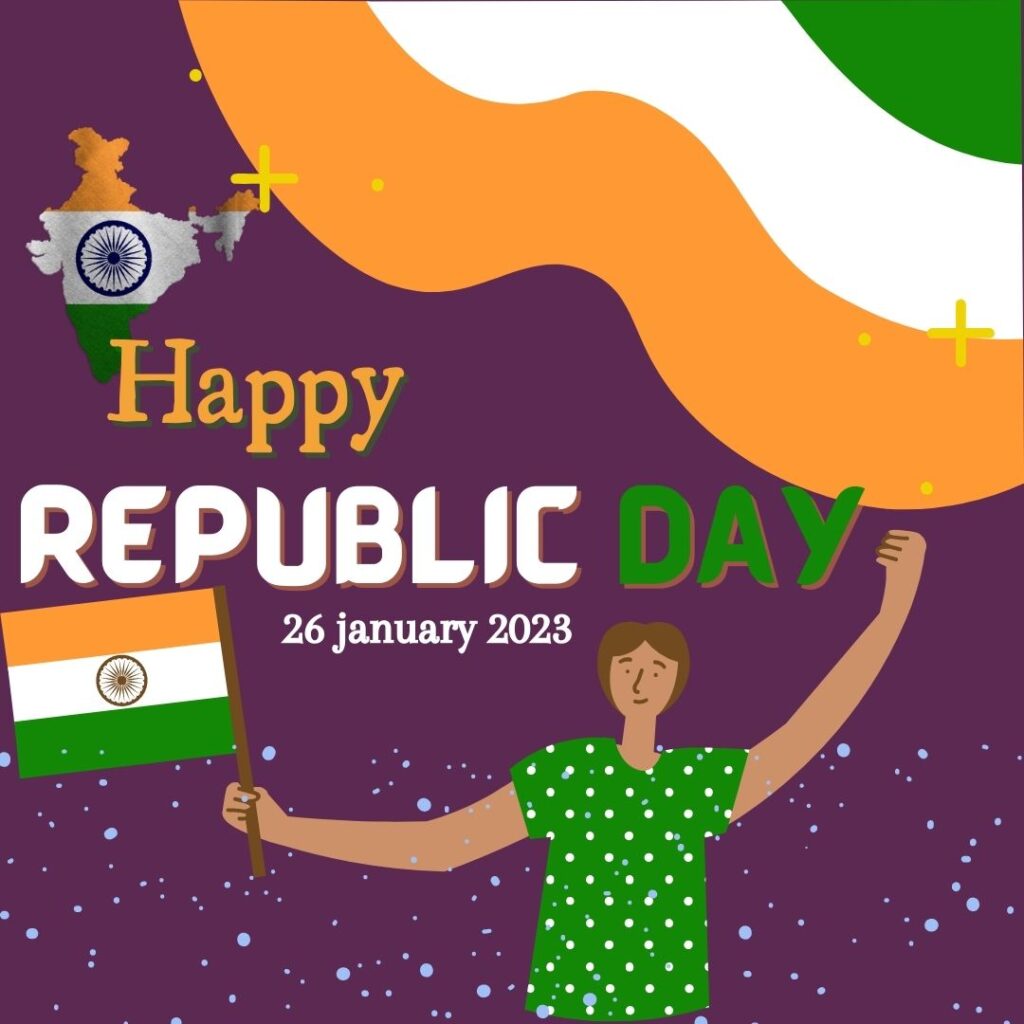
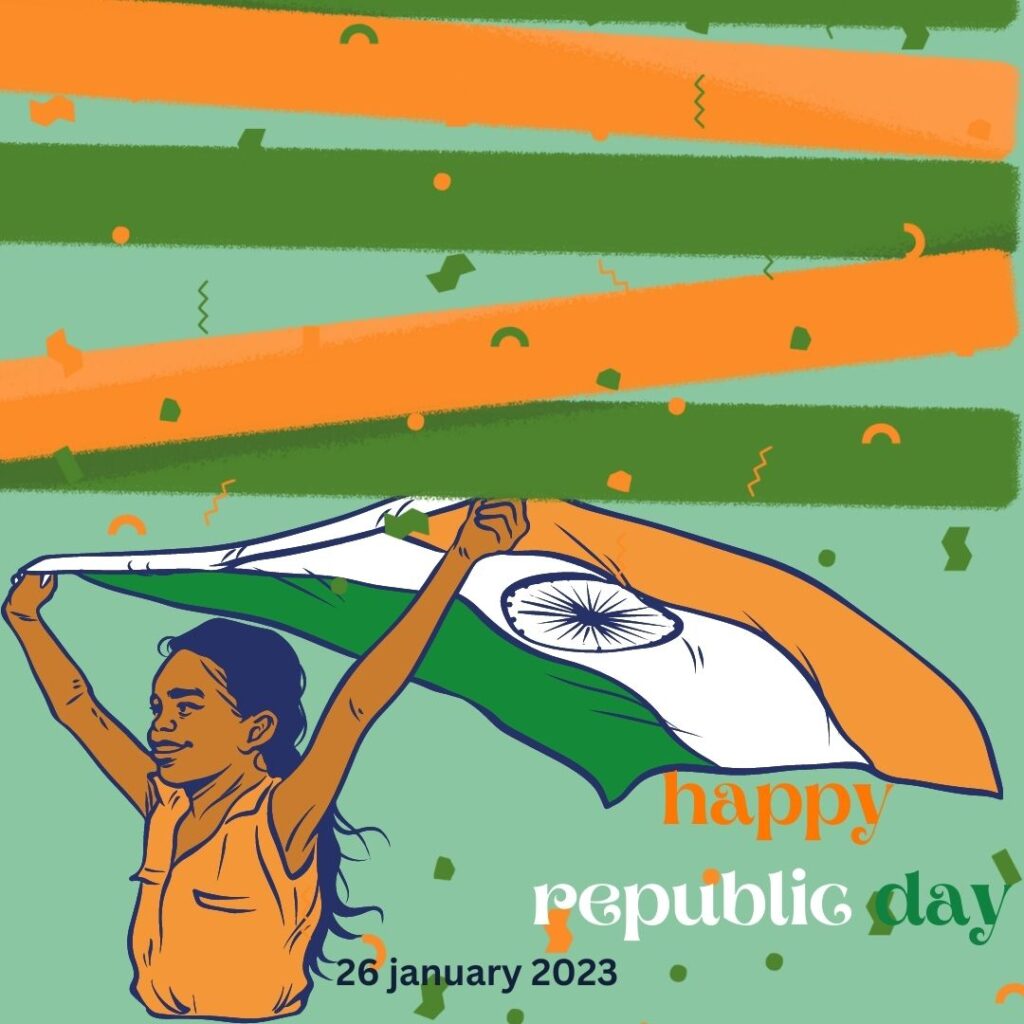
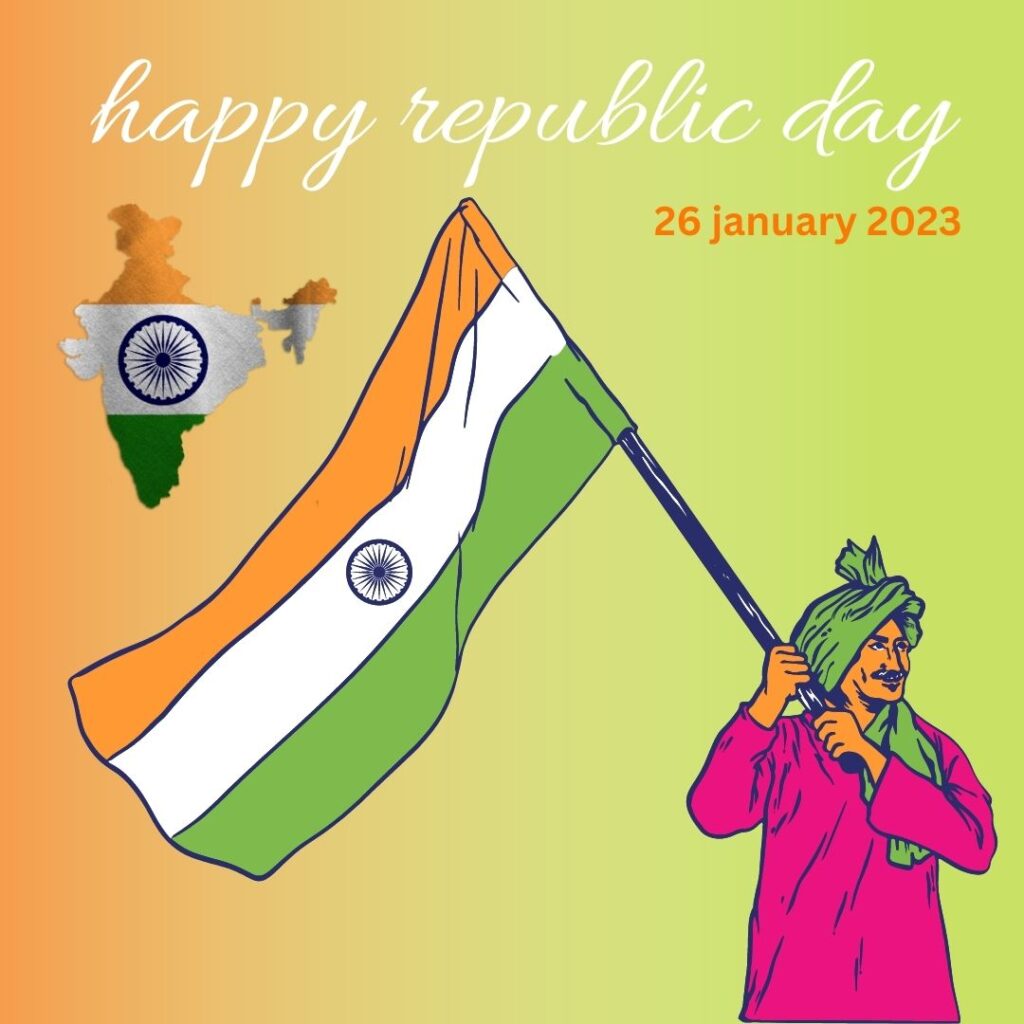
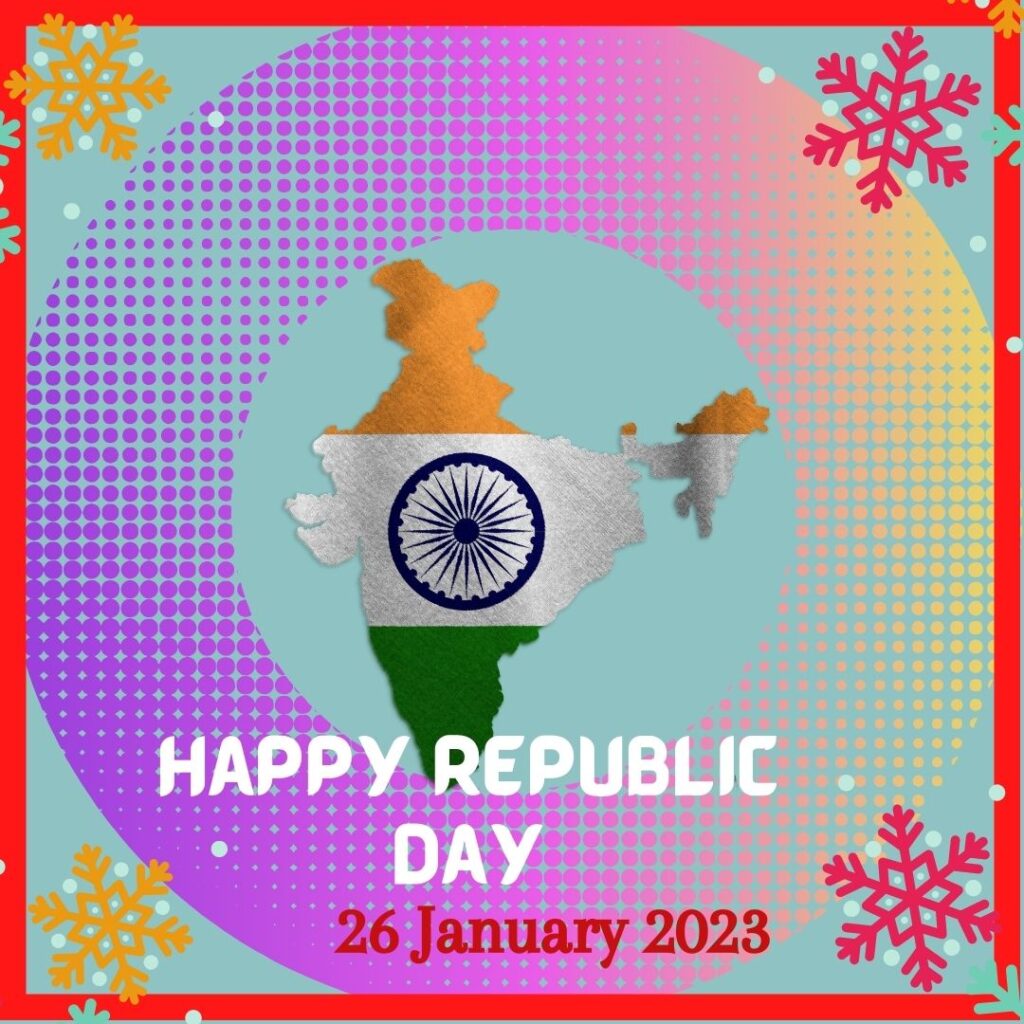
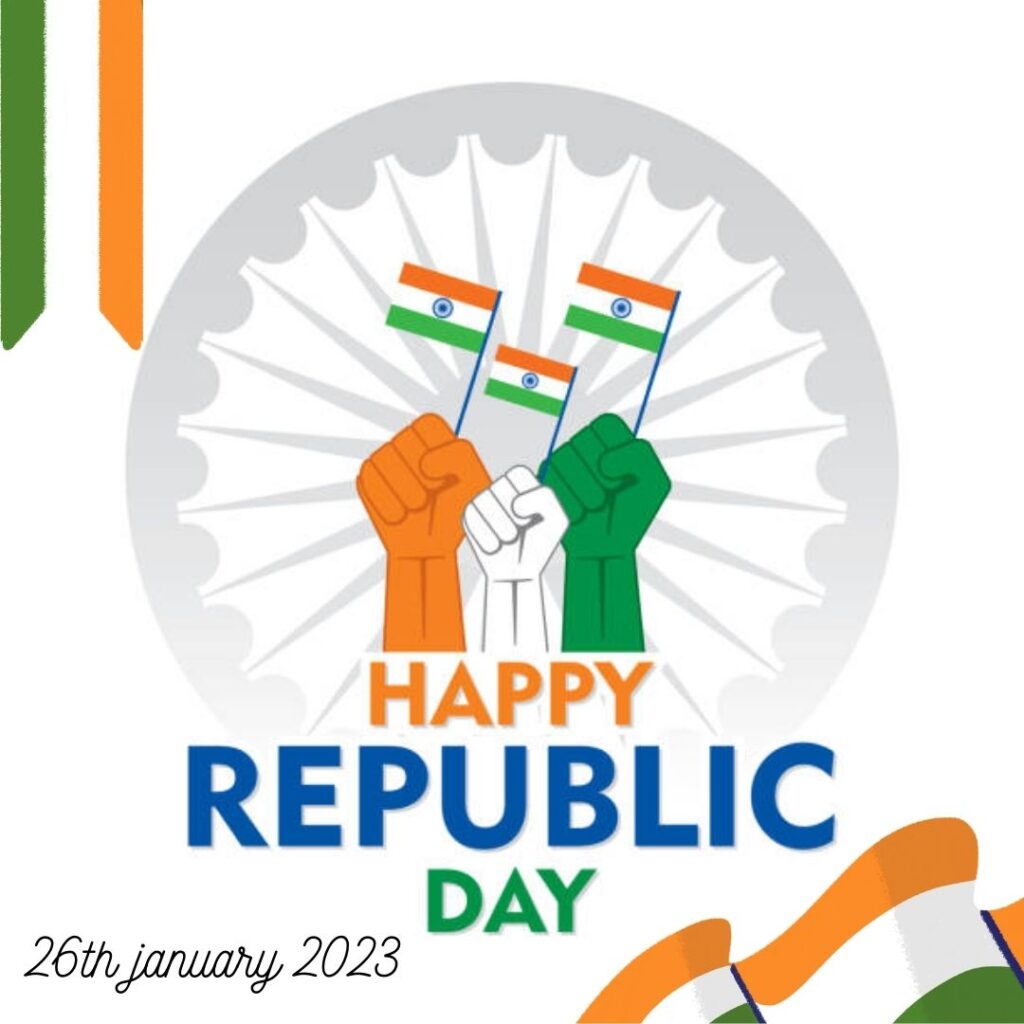
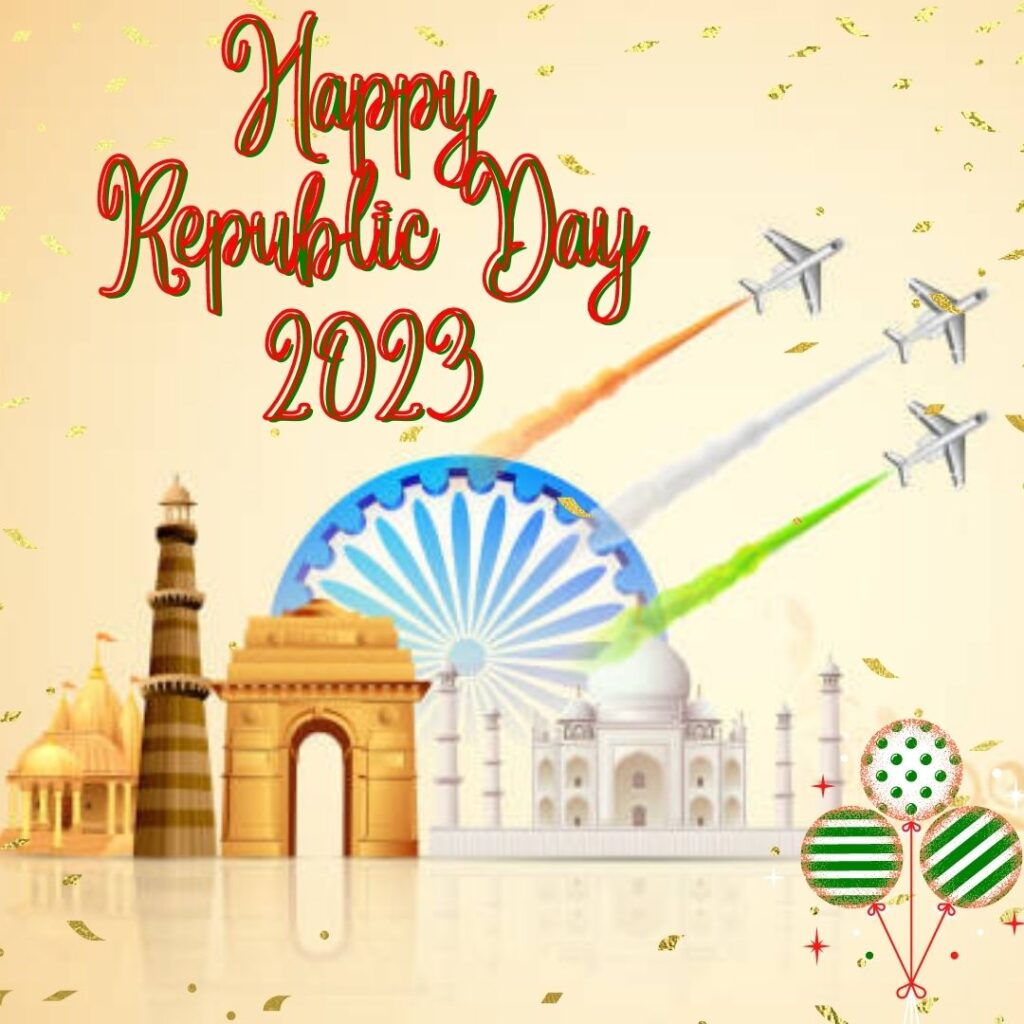

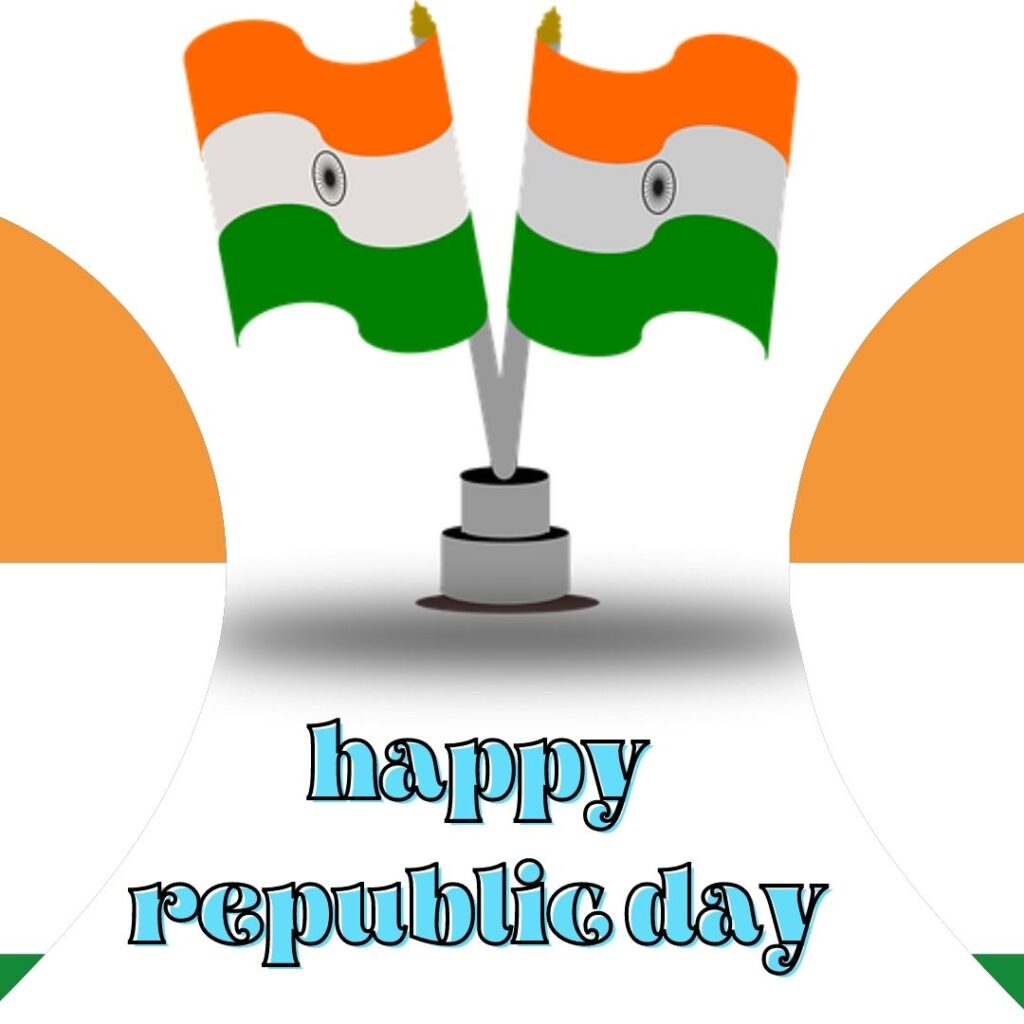


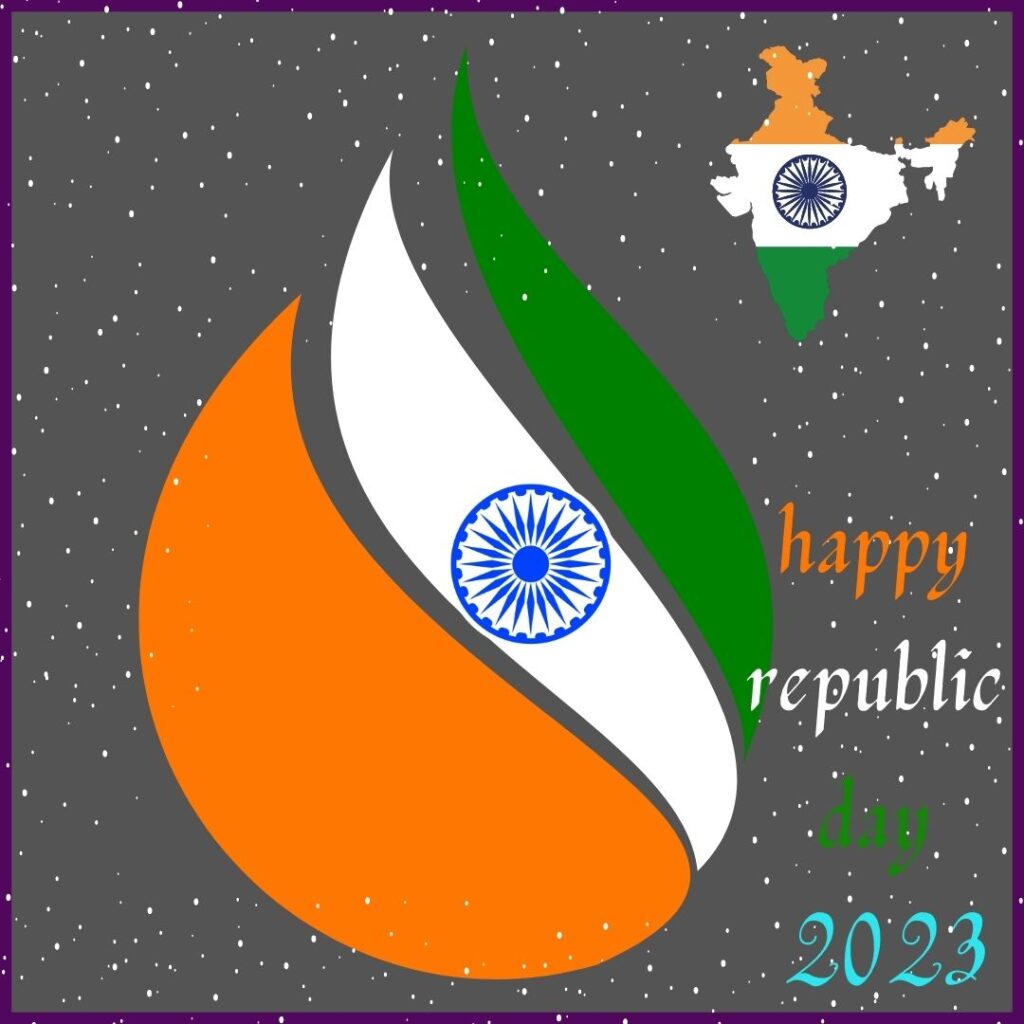


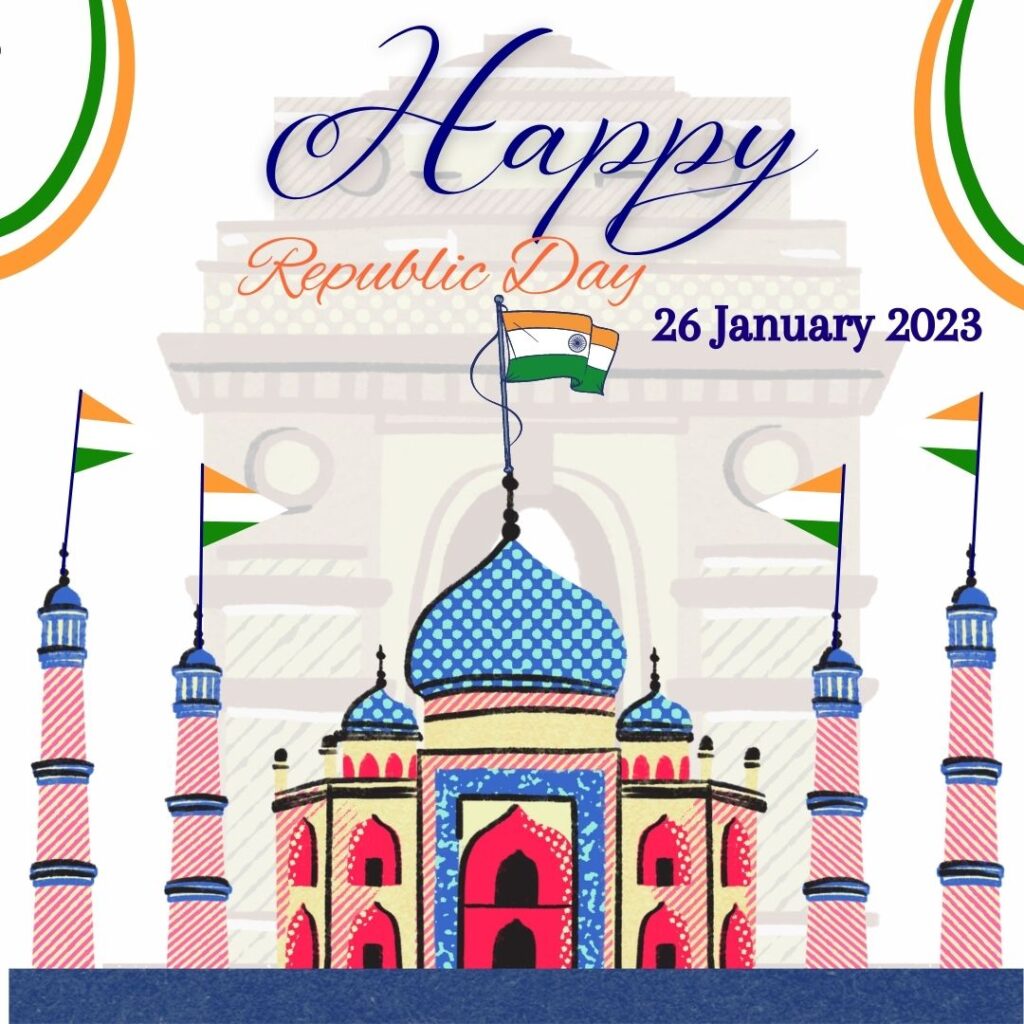
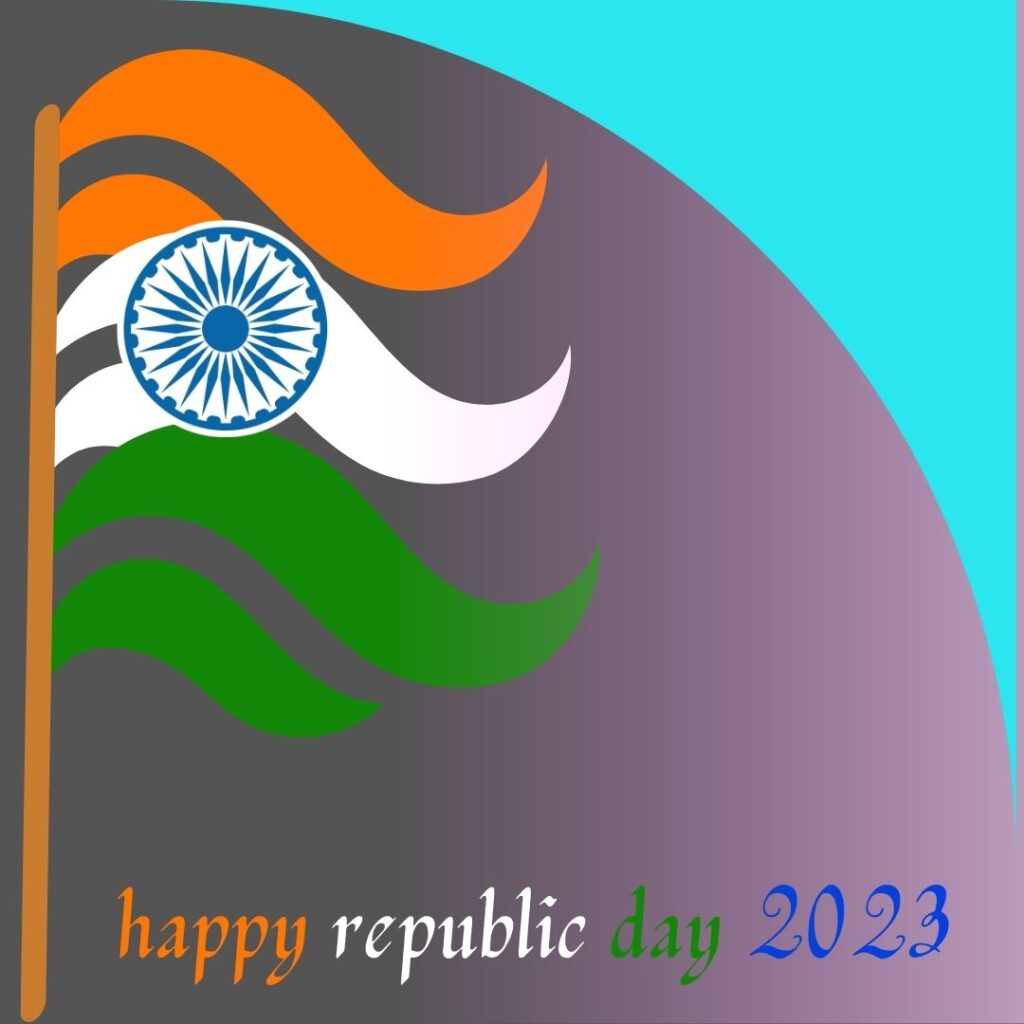
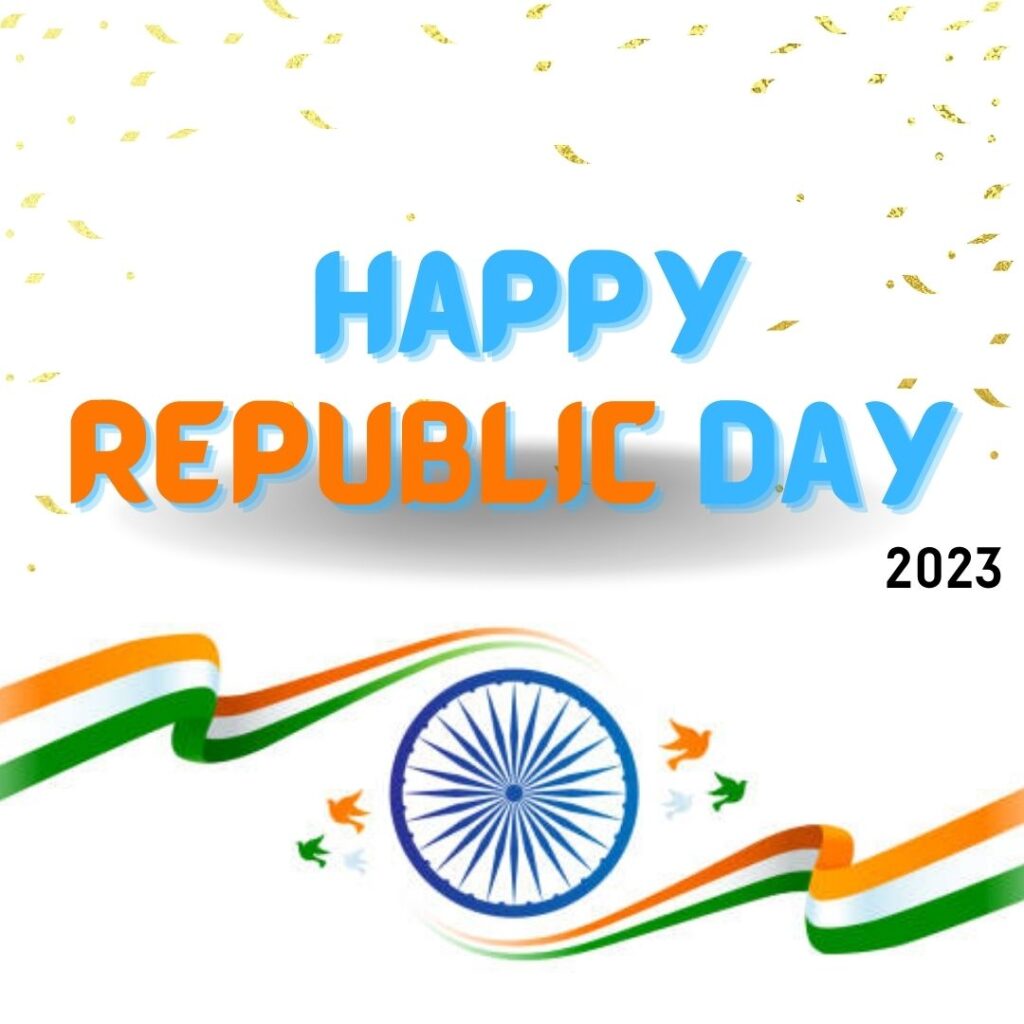
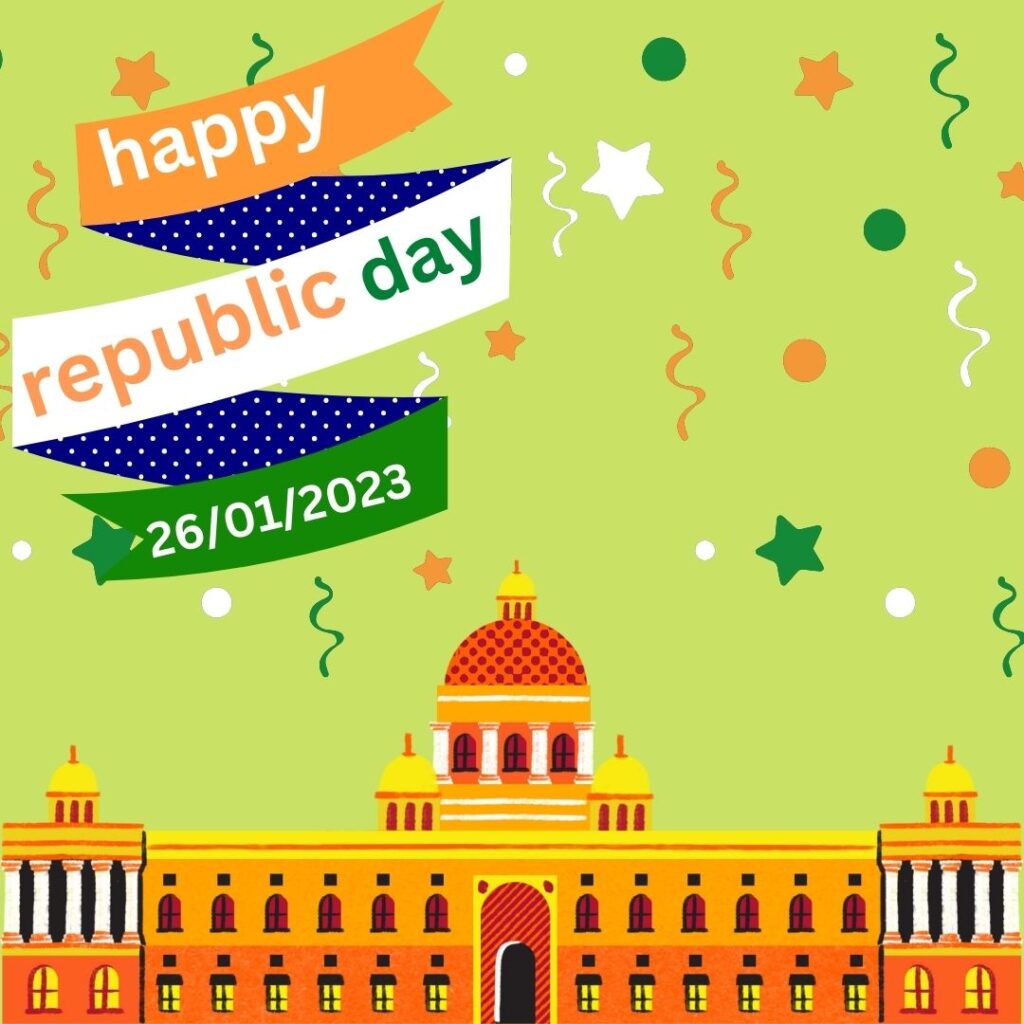

Celebrating Republic Day 26 January in India

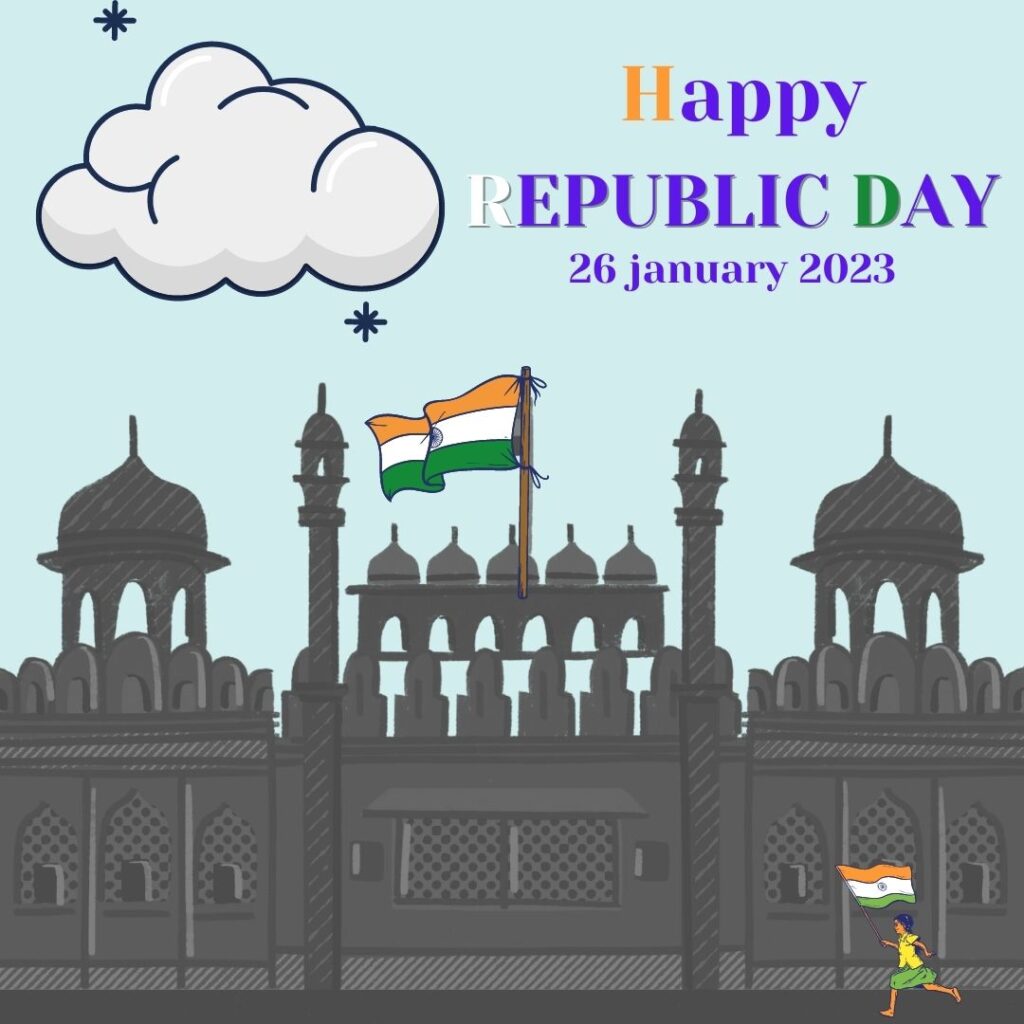

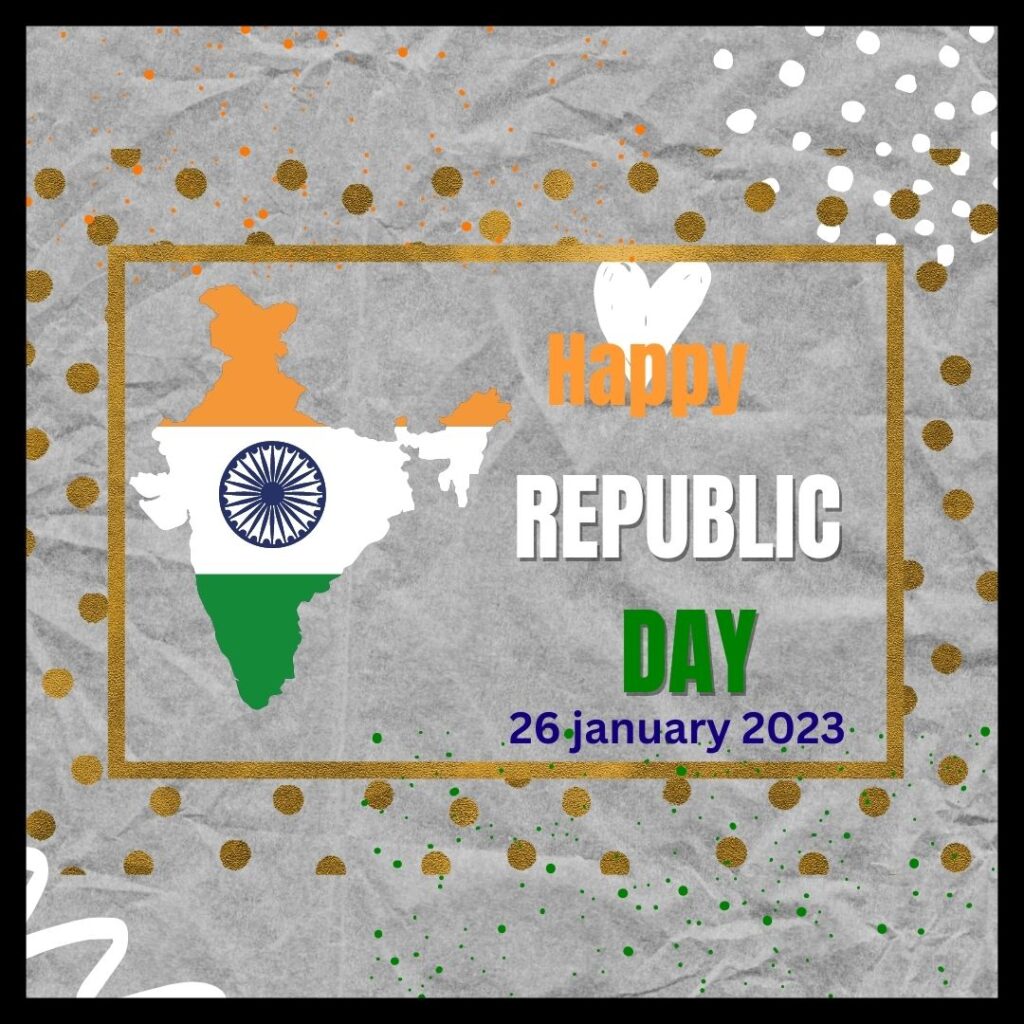


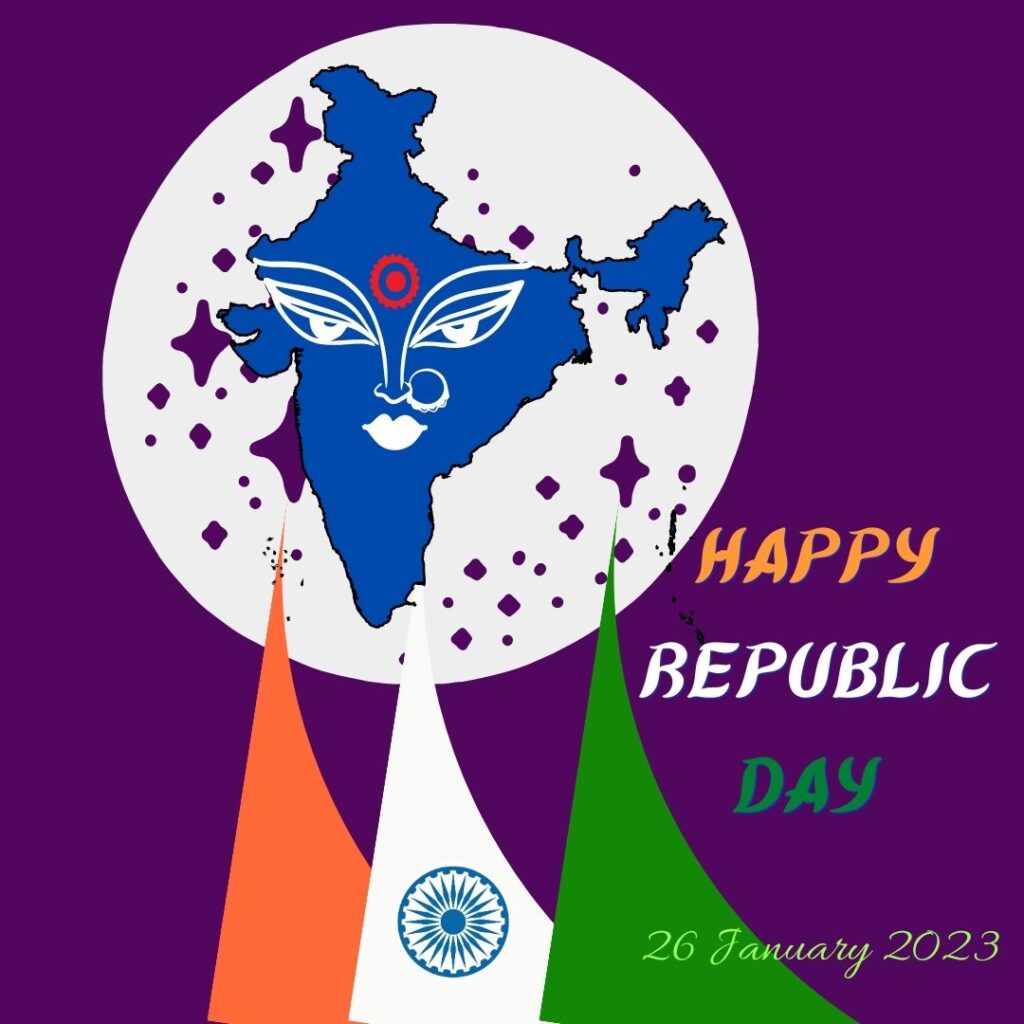


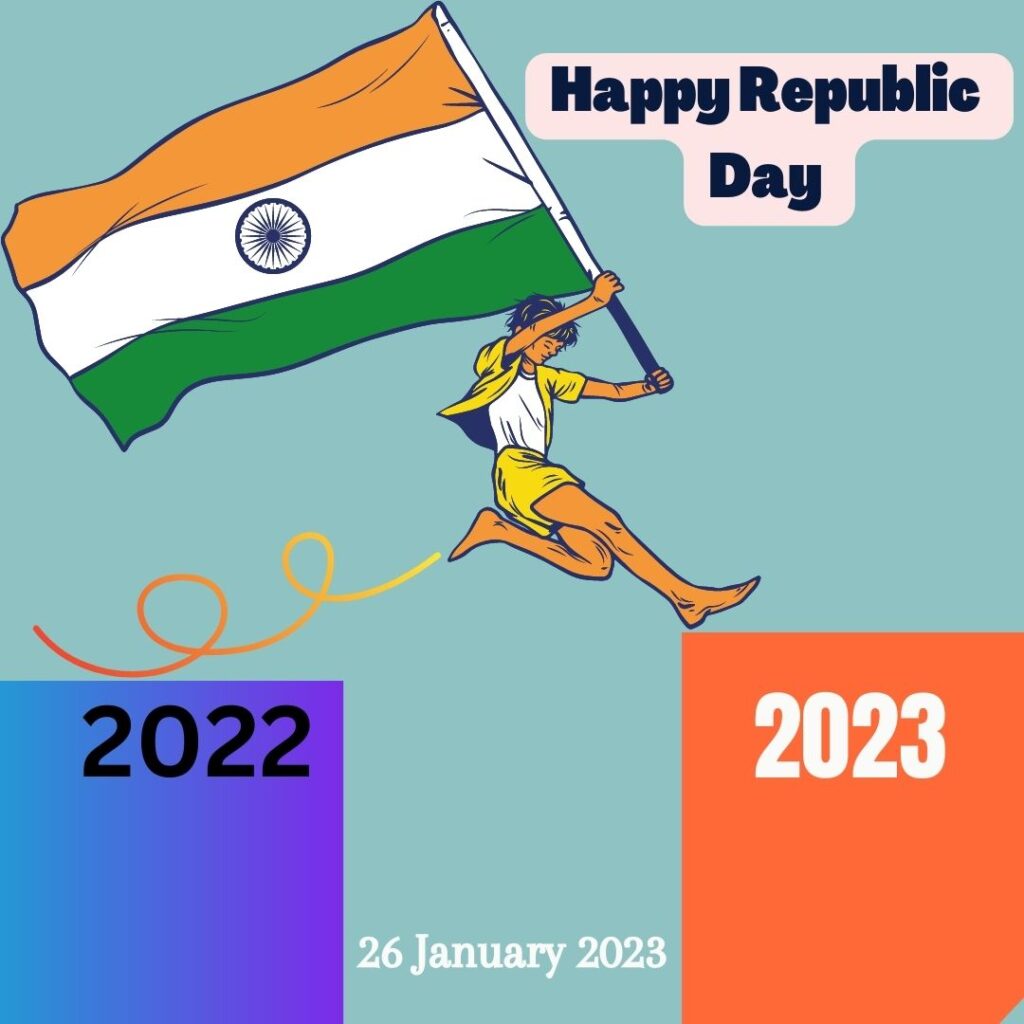
26 January in India: A Look at the History and Meaning Behind the National Holiday

